WARNING: This post requires high amount of bandwidth! Wi-Fi connection advised.
Hello everyone!
First of all, wow. I can’t thank all of you enough for your overwhelming support to my first two HISTORY posts. I truly appreciate every word of encouragement from the bottom of my heart, not forgetting all the valuable contribution I have received the past few weeks. They have been really helpful in the completion of this post and I hope the final product will be equally enlightening to you. With this instalment, I would have covered most of the remaining defunct schools. Of course, you can always drop me a message if you do not see your school here (but is it really gone? Could it have taken on a new name?)
Also, my sincere apologies for taking such a long time to get this post up! I understand the anxiety of not seeing your schools in the post so I was trying my best to complete this post during my recess week but poor time management on top of having to revise for my mid-terms destined to make this plan fail.
Your school is definitely NOT forgotten! Because they will be in this post 🙂
Here is the continued list of closed and merged schools in Singapore:
* * *
Peixin Primary School (Yishun)
Merged into Yishun Primary School in 2009
Established in 1985 in one of the then-Housing Board new towns, its name “Peixin” in Chinese means “to nurture the young”. Lessons were conducted at Yishun Primary before its building was ready for occupation.
The new merged school now functions at the former Peixin Primary premise at Yishun Ring Road which underwent PRIME from October 2006 to December 2008, just a month shy of the merger.
Anthony Road Girls’ School (Newton)
Closed in 1983
An English school so popular that parents often had to take their children to other schools, it was built most likely in 1950 opposite what we now know as Newton Hawker Centre. Students wore green pinafore and white blouse and there were only female teachers in that school (since it was an all-girls school). Most girls from Cairnhill Primary were transferred to Anthony Road Girls’ when the former closed. The school compound was also used by St. Margaret’s Primary School (Singapore’s oldest girls’ school) when its building was undergoing a revamp from end 1983 to 1986.
Anthony Road Girls’ School closed somewhere between September to November 1983 – not even completing a year – and it was highly possible that school was absorbed by St Margaret’s Primary. According to Kimmy Lim, an ex-student of St. Margaret’s, she recalled shifting to the Anthony Road site temporarily in 1984 when she was in Primary 2. In that year, she noticed the number of classes in her cohort expanded from 3 to 5, and so did classes in other grades as well. Her kindergarten mates who studied in Anthony Road Girls’ School had now become her primary schoolmates.
After St Margaret’s vacated the area, Chao Yang Special School for the educationally subnormal (now APSN) took over the site in 1986.
Source: [1] [2] [3] [4] [5] [6]
Whitley Primary School (Novena)
Nam Ann School (Toa Payoh)
Merged in 1976 to form MacRitchie Primary School
Located at the now infamous Whitley Detention Centre (where Mas Selamat escaped from), Whitley Primary was established in the early 1950s and was also known as Whitley Road Primary School. Nam Ann, on the other hand, was probably established way before 1949 (as a fund raising activity was done for the school in that year). It was located at Ah Hood Road. Both schools were closed in 1975.
No further information can be found and both do not have a Facebook group. If you’re an ex-student of either school, please feel free to provide more details!
The history of the merged school (MacRitchie Primary) can be found in the second instalment.
Braddell Rise School (Thomson)
Closed in 1986/1987 (verification needed)
Beside Mount Alvenia Hospital stood Braddell Rise School established in the early 1950s (most likely in 1951). During the existence of the school, there would be a pineapple drinks seller stationed outside the school gate. This friendly seller sold pineapple drinks at 5 cents each and would allow students to extra helping of the water without additional charges.
Exact year of closure is unknown but it could be 1986 or 1987 according to a 1987 tender notice.
Since its closure, the school premises have been utilised for the provision of nursing services. They were renovated for temporary occupation of the Tampines Home a few years later. The current Assissi Hospice was built on what was formerly Braddell Rise’s sports field. In 2013, it was reported that the remaining blocks of the school would be torn down to give way to the construction of a new six-storey Assissi Hospice.
Read more about Braddell Rise School here.
Lee Kuo Chuan School (Thomson)
Rayman School (Whampoa/Novena)
Thomson Primary School (Toa Payoh)
Merged in 1985 to form Lee Kuo Chuan Primary School
Absorbed Balestier Hill Primary School* in 1989
Closed in 1997
Named after Dato Lee Kong Chian’s father, Lee Kuo Chuan School was founded in 1950 on a three-acres land donated by the late Dato Lee. Often mistaken as an aided Chinese-medium school, it was actually a government English co-ed primary school well-known for its extracurricular activities such as swimming, volleyball and basketball. Also not forgetting the tooth-brushing programme for its students which was observed by foreign visitors from as far as the USA.
The school was also one of the settings for SBC’s (now known as Mediacorp) TV drama 雾锁南洋 II (The Awakening II) in 1984. The production crew apparently came during one of the morning assemblies and students on the assembly ground were instructed to clap for a scene and they had to do so several times until the director was satisfied! Haha. The premises were later leased out to Lee Ah Mooi Old Age Home, which continues to use the premises at 1 Thomson Lane today.
Rayman School was established in 1954 in Rayman Estate. Following its closure in 1984, the school was converted into a centre for disabled people (VAPC). Rayman Estate today is known as Whampoa Estate. (no pictures for this school, sorry!)
Thomson Primary, known as Toa Payoh Integrated Primary before 1970, started some time between 1954-55 to serve the growing population of Toa Payoh. It was situated along Thomson Road opposite to the former Police Academy and was recognised for its Choir and Softball. Then it was closed due to dwindling enrolment and the deteriorating state of the building (leaking roof etc.). The school is now occupied by SJI International School.
Four years after the first merger, the school absorbed Balestier Hill Primary in 1989. This Balestier Hill Primary is NOT to be confused with the similarly-named school formed by the merger of Swiss Cottage and Moulmein Primary in 2002. The original Balestier Hill Primary was in fact an amalgamated school of Balestier Hill East (later Balester Hill Primary) and West schools which opened and merged in 1965 and 1986 respectively. In other words, there are two different Balestier Hill Primary schools.
Over 2000 students from its parent schools moved to the new four-storey building built along Ah Hood Road. Lee Kuo Chuan Primary was the 23rd school to be built in Toa Payoh and over the years, it had been popular with foreign students from Indonesia, Taiwan and Malaysia.
The premises today are leased to East Asia Institute of Management.
Source: [1] [2] [3] [4] [5] [6] [7] [8] [9] [10] [11] [12] [13]
Stamford Girls’ School
Waterloo School (Bugis)
Merged in 1984 to form Stamford Primary School
Stamford Girls’ was founded in 1951 at Waterloo Street. From 1955 to 1984, it began to function side by side with Waterloo Primary (year of establishment unknown, but it was definitely in the early 50s). The school underwent several name changes, from the original Stamford Girls’ School to Stamford Girls’ Afternoon School (when Raffles Girls’ Afternoon, its affiliated school, moved to the Stamford Girls’ building) and ultimately in 1955, changed to Waterloo Girls’ School.
Before the merger, Stamford Girls’ and Waterloo Primary shared a school field, and very often students from both sides would quarrel over the use of the field.
Two years after the merger, the new co-ed school moved to her present location at Victoria Lane. The amalgamated school used Waterloo Primary’s school crest but was named after Stamford Girls’. Fair and square. The previous Stamford Girls’ building is now known as Stamford Arts Centre.
Source: [1] [2] [3] [4] [5] [6]
Selegie Primary School
Merged into Stamford Primary School in 1987
Selegie Primary was known to be the first high-rise school in Singapore. The 1o-storey high building was once the tallest school in Southeast Asia until 12-storey Pearl’s Hill School (covered in PART 1) took over the title in 1971. The building still stands along Selegie Road today but as student hostels and a private institution (was once occupied by NAFA). Formerly known as Selegie Integrated School (integrated = co-ed), it was officially opened in 1963 by Dr Toh Chin Chye. It had two canteens on separate floors and two large cargo-sized lifts to cater to the large number of students. One lift could transport an entire class of 40 students at once to their classroom every morning AND that’s not all. They even had a liftman (Mr Ahmad) oh my God? That’s really one-of-a-kind. Primary schoolers today don’t even have the luxury of taking elevators to their classrooms!
Note: A different account (thanks Hong Wee!) says that the lift could only transport half the class each time, while the rest had to use the stairs. Still a very remarkable feature to have in my opinion.
One well-known alumnus of Selegie School is drag queen Kumar 🙂 Ex-students of Selegie Primary can reconnect through the school’s Facebook page here.
Anyway, I saw the Stamford Primary personally during my stay at nearby Hotel Clover last month and on the surface, the blue building definitely looked like it needed to be refurbished (last major upgrading was in 2003, more than 1o years ago). It is also situated in a very unusual location if you ask me and I really wonder where most of its student population come from. Here’s hoping that the school will last for many years to come!
Telok Ayer Primary School (Raffles Place)
Peck Seah Primary School (Tanjong Pagar)
Merged into Yeung Ching School (now Yangzheng Primary School) in 1985
Established in 1963 as Telok Ayer Integrated School, the four-storey building was the 34th school built by the PAP government. As the city became more developed, Telok Ayer Primary began to suffer from serious noise pollution in the bustling Cecil Street. It finally closed in 1984 due to dwindling enrolment and the building was converted to Telok Ayer Performing Arts Centre (closed in 2013) which saw the demolishment of the school hall.
Peck Seah Primary was a co-ed seven-storey school formed in 1967 which used English and Tamil as the media of instruction. It was named after Peck Seah Street, which was named in honour of Seah Peck Seah, son of Seah Eu Chin (founder of Ngee Ann Kongsi) and brother of Seah Liang Seah (go Seah clan!! Haha). In 1984, the school was supposedly, as mentioned on a newspaper article, closed to make way for “Maxwell MRT station” but as everyone knows, it did not exist before the Thomson-East Coast Line was proposed in 2008 so I highly believe that it meant Tanjong Pagar MRT station instead. True enough, it was not torn down until several developers claimed the site in 2013 for a mixed development project comprising of commercial and residential buildings.
Mr Png Eng Huat (Minister of Parliament of Hougang Constituency) from the Workers’ Party is an ex-student of Peck Seah Primary.
Yangzheng Primary is presently at Serangoon Avenue 3.
Source: [1] [2] [3] [4] [5] [6]
Serangoon Garden Technical School (Serangoon)
Merged into Serangoon Garden Secondary School in 2003
Established in 1964 as Serangoon Garden Integrated Secondary Technical School, it was the third technical school to be established in Singapore and was officially opened by then-Prime Minister Lee Kuan Yew. It started off with 26 classes and an enrolment of 1002 students from Chinese and English streams. As the stress was then on Technical education, the school had to cater for students whose aptitude was for Technical subjects. With the introduction of Centralised Scheme in 1973, students from other schools such as Sin Min High School, Mount Vernon Secondary, Parry Secondary, Hwi Yoh Secondary, St Joseph’s Convent, Hai Sing Girls’ High and Yio Chu Kang Secondary went to Serangoon Garden Technical for Technical subjects.
The school merged with Serangoon Garden Secondary due to falling enrolment and this made the 38-year-old institution the last school to lose its technical name. Today, the building is The Lifestyle Hub @ Burghley and partially a Foreign Workers quarters.
Local actor Chen Tianwen completed his “O” levels at Serangoon Garden Technical. Fish & Co Ricky Chew was also educated there.
Aroozoo School (Hougang)
Merged into Charlton School in 1991
More than 50 years ago in 1963, there used to be an Aroozoo Integrated School (what it was known as) located off Upper Serangoon Road at Aroozoo Avenue.
Aroozoo Primary’s principal Mr A.V. Miles was part of a popular three-man group in the late 1950s and early 1960s called The Bambinos, long before he became an educator. He was a singer back then but the change of his profession didn’t stop him from singing. Ex-students had fond memories of Mr Miles playing the piano to the tune of “My Bonnie Lies over the Ocean” during morning assembly. They would then sing along with him.
The premises are now taken over by DPS International School.
Kwong Avenue School (MacPherson)
Merged with Sennett Estate Primary in 1979 (verification needed) to form Sennett Primary School
Kwong Avenue School started in 1953/1954 at 10 Kwong Avenue Road. It was a school well-known for its achievement in sports, especially soccer.
Mr Ang Hin Kee, a Member of Parliament from the PAP (Ang Mo Kio GRC) and veteran actress Aileen Tan were ex-students.
Other than the above, no other information can be found.
Students donned blue uniform and this attire was later adopted by Sennett Primary school when the former merged with neighbour school Sennette Estate Primary.
The site today sits SIT International Hostel.
Cedar Boys’ Primary School
Cedar Girls’ Primary School (Woodleigh)
Merged in 1985 to form Cedar Primary School
Both Cedar Boys’ and Girls’ were incepted in 1957 at Cedar Avenue. Like many other single-sex schools bearing similar names in that era, they stood next to each other (later named blocks A and B), separated by a small house where students dreaded going. Yes, I’m talking about the dentist.
There was also a blue house where all sports equipment were kept. Also not forgetting the Banyan tree in front of the building where students used to play “Police Catch Thief”.
Morning assemblies at Cedar Girls’ Primary were never complete with a mass exercise led by gymnastics teacher Ms Fernandez. Its gymnastics team also brought glory to the school by winning many gold medals. The legacy continued even after the school became co-ed.
Both schools held their annual sports meet at Cedar Girls’ Secondary. If I’m not wrong, they utilised the well-known 400m running track behind Cedar Girls’ Secondary, which unfortunately will make way for the new Bidadari estate in 2018.
Rangoon Road Secondary School (Farrer Park)
Merged into Balestier Hill Secondary School in 2001
Established in 1967 and officially opened in 1968, the school offered courses in Art, Science, Technical and Commercial subjects to students from English and Chinese streams. In 1985 however, the Chinese stream was phased out and since then, the school had become an English school. When the school started in 1967, it only had two uniform groups, the Scout Troop and St. John’s Ambulance Brigade. These were followed by the formation of the National Cadet Corps, National Police Cadet Corps and Girl Guides in 1968. in 1972, the school had its own school band.
The late Mr A. K. Sigamoney was Rangoon Road Secondary’s first school principal who later went on to be the headmaster of Raffles Institution. Ex-students remember him for his strong passion for astronomy.
Rangoon Road Secondary was later known as just Rangoon Secondary.
Joo Avenue School (Farrer Park)
Closed in 1984
Joo Avenue School at Rangoon Lane was the 39th school to be established by the PAP Government. Originally named Joo Avenue Integrated Primary School, its first batch of students wearing white and brown uniform were enrolled in 1964. Next to the school was Rangoon Road Secondary School which I’ve already covered above. Both schools shared the same field in those days. There used to be a caretaker who lived near to the school gate within the school compound and people who were unaware would be puzzled to see him during the weekends.
In 1965, a 11-year-old Joo Avenue School student made a bomb hoax call to his own school. The school was evacuated by the principal because of that. The boy was eventually fined $100 and placed on 18 months’ probation by the Juvenile Court for making false statement.
After Joo Avenue School closed, students were transferred to Balestier Primary which is also featured in this post (see below).
Playfair School (Tai Seng)
Closed after 1980 (exact year unknown)
Playfair Primary was a single-storey school established in the early 1950’s with double sessions, completed with a school field.
In 1970, ex-teacher Simon Mervyn Pereira was convicted of molesting 15 schoolgirls of Playfair School where he was teaching between April 1968 and October 1969. He was sentenced to one year in prison. Seven months after the verdict, the school principal Mrs Mary Whissell was asked by the Public Service Commission to retire “in the public interest”. Since then, Mrs Whissell fell into a deep depression and finally jumped to her death from a block of flats at Kallang some months later in the same year.
The school was closed due to dwindling student enrolment.
Willow Avenue Secondary School (Potong Pasir)
Closed in 1991
Founded in 1965, it was named after a road (like every other schools then) which was in turn named after a tree.
Students had to run through a cemetery (now a park) behind the school during P.E. lessons. On top of that, the school’s NPCC was very accomplished, having won the NPCC parade competition several times, the “Best Unit” and “Best Boys’ Marksmanship” awards.
Closed due to declining student enrolment, the site was subsequently taken over by Cedar Girls’ Secondary School which needed space for expansion, but did not wish to relocate.
Veteran actress Aileen Tan attended Willow Ave Secondary and was in NPCC. Perhaps that’s why she fits the role of Head Investigation Officer in C.L.I.F. so well? 😉
Source: [1] [2] [3] [4] [5] [6]
Tun Seri Lanang School (Mountbatten)
Closed in 1987
Named after the Bendahara (Prime Minister) to the Sultan of Johor at a time when the Johor sultanate was under attacked by the Portuguese and the Acehnese, Tun Seri Lanang School was a Malay-stream school providing secondary education. It was officially opened in 1963 (hence most likely established in 1962)
The school’s Facebook group is locked thus I am unable to retrieve any additional pictures. Any contribution would be greatly appreciated!
Since the closure of the school, the sprawling cluster of buildings have been occupied by several art studios over the years: LASALLE College of the Arts from 1992 to 2007, School of the Arts (Sota) from 2007 to 2009 and finally Goodman Arts Centre which is still there today.
Broadrick Primary School (Dakota)
Closed in 1987
Established in 1967, the school started out without a uniform nor a tuckshop. It became a full-day school in 1981 but chosen to drop out of the programme in 1984 due to shortage of teachers.
Beneath many layers of paint on the walls along the school staircase from levels 1 to 4 hid paintings drawn by a talented office assistant in the mid 1970s. They lasted for 1-2 years until a new principal came on board. He probably didn’t appreciate the paintings and decided to coat them with a new layer of paint, and more layers as the years went by. Now that the secret is out, would this hidden treasure be uncovered one day? I’m interested to find out what the paintings are too!
EtonHouse International School now occupies the former site of Broadrick Primary.
Local actress Nora Samosir (more active in the Singapore theatre scene) attended Broadrick Primary from Primary 3 onwards.
Balestier Boys’ School
Balestier Mixed School (Boon Keng)
Merged in 1984 to form Balestier Primary School
Closed in 1991
I am unable to find when exactly both schools started functioning but it could be as early as the 1940s after Singapore Polo Club left the grounds at Balestier Road in 1941 which later housed the three Balestier schools. Before the merger, Balestier Mixed was smacked in between Balestier Boys’ and Girls’. Both Balestier Boys’ and Girls’ schools were low buildings (single-storey) whereas the Mixed one had three levels.
From 1975 to 1980, Balestier Boys’ won many accolades in the school sporting arena, including football, hockey and athletics.
The late Mr N. Govindasamy (MP for Telok Blangah) was a teacher at Balestier Boys’ School from 1950 to 1962.
Balestier Primary was often confused with the old Balestier Hill Primary (and vice versa), even up ’til now.
Demand began to slip towards the late 80’s and it stopped accepting Primary 1 registration in 1991. Classes in other levels were continued while the Education Ministry studied the situation. Unfortunately the demand failed to pick up in the following year and hence the school had to close.
Source: [1] [2] [3] [4] [5] [6]
Balestier Girls’ School (Boon Keng)
Merged with then-Griffiths School in 1983 to form Moulmein Primary School
Balestier Girls’ was a single-storey school formed in the 1940’s which shared the same field as Balestier Boys’ and Mixed schools. The school history is somewhat similar to her brother schools mentioned above. Balestier Girls’ students wore white uniform but they had no problem keeping them dirt-free at all. Here’s why:
Many years before the Education Ministry started deploying trained principals to schools, there was a serious shortage of principals and many girls’ schools had to borrow nuns from convent schools to be their headmistress. In Balestier Girls’ case, they had the help of a nun (and her assistant) from St. Anthony’s Convent who instilled the importance of personal hygiene and discipline in the students, thus turning these students into refined girls.
A politician who studied at Balestier Girls’ School is Ms Denise Phua (MP for Moulmein-Kallang GRC).
Jalan Daud School (Eunos)
Closed in 1983
Established in 1956, Mr Ting Tiew Ling was the first principal of the all-boys school. The school then was surrounded with kampong houses, fruit trees, coconut trees and a rubber plantation. A bilingual policy came into existence in 1960 and the school started offering Malay and Chinese as second languages, though Malay pupils seemed to make up most of its population.
In 1974, Jalan Daud School admitted its first batch of girl pupils into its primary one classes.
Teaching and learning during the period 1974 to 1980 were the most difficult as teachers and students had to endure the deafening noise created by the piling machines first for the construction of the sewerage system, then the Housing and Development Board flats and then later the flyover of the Pan Island Expressway. The school was eventually demolished to make way for Eunos Primary School. Thereafter, students were moved from Jaya Primary (closed, mentioned in part 2) in 1983 and then back to Eunos Primary in 1984 which still occupies the former site of Jalan Eunos and Jalan Daud Primary Schools today.
Dr Kirpal Singh (poet, literary and cultural critic, and an Associate Professor with the Singapore Management University) and Zainul Abidin (former Member of Parliament representing Aljunied GRC until 2011 and former Senior Minister of State) attended Jalan Daud School. Back in those days, schools really didn’t matter!
Jalan Eunos School (Eunos)
Closed in 1980
Just opposite Jalan Daud School was Jalan Eunos School which established in 1954. It was first housed in Siglap Secondary School as their three-storey building was not ready. It started with 12 classes of primary one pupils and 12 untrained teachers who were less than 20 years of age. Students were mostly Malays and Chinese and with some Indians.
Jalan Eunos School is not related to nor upgraded from the current Eunos Primary School even though the latter occupies the former site of Jalan Eunos and Jalan Daud schools today.
The school had their last reunion with their very first (and also the school’s longest-serving) principal, the late Mrs Beryl Constance O’Hara, in 2011. Mrs O’Hara who is also the grandmother of Mr Christopher De Souza (MP for Holland-Bukit Timah GRC) had passed away in 2012. The reunion garnered extensive media coverage across the country. If you have some time to spare, do take a look at this heartwarming video that depicted ex-students seeing Mrs O’Hara for the first time in 30 over years.
Telok Kurau Secondary School (Eunos)
Merged into Broadrick Secondary School in 2011
Established in 1965, Telok Kurau Secondary was a school that excelled in sports and extra-curricular activities, but not quite in the academic field in the 1970s. Gradually, the school showed improvements in its academic standards and had achieved value-added academic results for the GCE “O” level exams from 2004 to 2006.
In recent years, it had regarded itself as a “boutique” or “niche” school which did not condone the idea of corporal punishment (i.e. no caning). However, in exchange for that, students had to have their behaviour in public scrutinised by grassroot leaders with a special “warrant card”. Students who misbehaved (e.g. smoking and behaving rowdily at void decks) would have their particulars taken down and then counselled by the school, and could even face suspension depending on the seriousness of their actions. These policies were developed by the school’s last principal, Mr Harphal Singh.
It was one of the few schools in Singapore which allowed boys to wear long trousers even in lower secondary levels (because pupils are treated as ladies and gentlemen), It also rewarded parents if their children excelled academically in school.
Source: [1] [2] [3] [4] [5] [6] [7]
Chai Chee Secondary School (Bedok)
Merged into Bedok Town Secondary School in 2011
To merge with Ping Yi Secondary School in 2016
Founded in 1969 as Sennett Road Secondary School, it was officially named Chai Chee Secondary in 1971 after the school was drawn into the Kampong Chai Chee parliamentary constituency.
However constituency boundaries changed again a year later and having found itself in the Siglap constituency for the next decade at Upper East Coast Road, Chai Chee Secondary debated with the Minister of State (Culture) to have its name changed again. And this time, to East Coast Secondary School. Other reasons cited for the change was the literal meaning of “Chai Chee” – “vegetable market (菜市)” in Chinese – which was thought to be an uncomplimentary name for the school. This proposal was however turned down because “the ministry was against changing school names too often” and “a change of name would mean that students would have to change their school badges and exercise books”. I feel that the most important reason though, was that “”Chai Chee” was not an inappropriate name for a school” and changing it would degrade the residents of Chai Chee.
When news about its merger with Bedok Town Secondary broke, an online “war” between both schools broke out with students from both schools bashing each other on their blogs. This kind of brouhaha is very common when it comes to school mergers.
The Singapore Hokkien Huay Kuan Pre-school is now at the site of former Chai Chee Secondary.
Source: [1] [2] [3] [4] [5] [6]
Telok Paku School (Changi)
Closed in 1976
The very first batch of students joined the school in 1951. It was near Changi Road, next to Changi Military Airport. The school mainly comprised of a few long row of buildings with classroom and a 3 or 4-storey building where their AV & Hall were. It had a field surrounded by cashew nut trees and students would also grow vegetables as part of their Science lessons which were also taken care by people living in the nearby servants’ quarters.
Telok Paku was demolished to make way for Changi Airport, or part of its runway to be precise.
Duchess School (Bukit Timah)
Closed in 1984
Built in 1950, the old single-storey primary school along Duchess Avenue was originally named Duchess Road School. In 1963, a new four-storey block was added.
Students would play Police and Thief along the corridors. It was also rumoured that the toilet next to the Music room was haunted.
It had since given way for a condominium development. When the school closed, students were transferred to Farrer Primary School.
Dr Maliki Osman (MP for East Coast GRC) was educated at Duchess Primary.
Farrer Primary School (Bukit Timah)
Permaisura Primary School (Queenstown)
Merged into New Town Primary School in 1992
I bet many of you didn’t know this but yes, Farrer Primary, although not located in Queenstown, is indeed part of New Town Primary. This is not mentioned in the latter’s history. Farrer Primary was founded in 1966 at Duke’s Road, offering education in English, Chinese and Malay. It later became an English-medium school with Chinese, Malay and Tamil taught as Second languages. In 1993, the former Farrer Primary premises at Lutheran Road was acquired for use by Nanyang Primary School for its Primary 1 and 2 levels but they had moved out in 1999. Now the site is being used as a hostel for international school students.
Permaisura Primary was officially opened in 1965, around the same time as the old New Town Primary School. Both schools were beside each other. in 1984, Serena Zheng Mei Ailing, a primary four student at Permaisura Primary won a world art competition organised by the Ministry of Education in Chile. She won two flight tickets to Chile, including food and lodging for her six-day stay there. Wow, that’s an insanely awesome prize that’s worth a lot of money even today!
Unfortunately, the school closed down due to dwindling enrolment and its site was occupied by the new New Town Primary until its relocation in 2008. Four years later, the buildings formerly used by Permaisura and New Town Primary at Commonwealth Drive were converted to MOE Heritage Centre.
Source: [1] [2] [3] [4] [5] [6] [7]
Ama Keng School (Lim Chu Kang)
Nam San School (Choa Chu Kang)
Merged in 1990 to form South View Primary School
Ama Keng School was established in 1951 as part of the colonial’s Ten Year Plan. The name “Ama Keng” derives from the Hokkien/Teochew meaning of “grandmother” (ama) and “temple” (keng). Located off the main road of Lim Chu Kang, the school catered mainly to children whose family resided in the village. Most of the pupils came from Chinese-speaking homes.
The school first started with only 53 students having their classes in three simple single-storey buildings of 14 classrooms. There was also a double-storey block that served as the teachers’ quarters for teachers who stayed far from the school (their families were allowed to stay with them). With the resettlement of families from other parts of the island, an extension wing – a four-storey block – was built and officially opened in 1971 to cope with the increasing demand. It eventually closed with the resettlement of the Lim Chu Kang residents in the late eighties. The buildings are now used as a… you guessed it: dormitory for foreign workers.
The building of Nam San School first started during the Japanese Occupation and during its construction, the Japanese actually mistook the clearing as an army camp and bombed the area, killing the donor of the land for the school and several other village members. The school was eventually founded in 1946 with students housed in three separate locations: temple, wayang stage and warehouse. It started with 157 students, and villagers, most of whom ran chicken and vegetable farms, contributed $13000 to fund its operations. By March 1947, a building with five classrooms for Nam San was erected. In 1978, a new building for Nam San School was officially opened.
Source: [1] [2] [3] [4] [5] [6] [7]
Toh Tuck Secondary School (Bukit Batok/Bukit Timah)
Closed in 1991
Established in 1965, Toh Tuck Secondary at Toh Tuck Road was built at a cost of $1.1 million to provide academic and technical studies with facilities comparable to those in established secondary schools.
The school was host to Singapore Science Centre’s first Science Fortnight (now known as Shell Singapore Youth Science Festival or SSYSF) to promote Science education. Dr Tony Tan (then-Senior Minister of State for Education) gave a speech at the opening ceremony.
In 1987, Toh Tuck Secondary also bagged home the top prize for the first debate (“Beauty competitions are insulting and degrading to women”) organised for pre-university centres.
There were quite a number of death cases related to Toh Tuck Secondary. In 1967, what meant to be a fun picnic outing turned tragic for a 17-year-old schoolboy. Ramanathan Kulendran, a senior student from Toh Tuck Secondary drowned in a sea off Pulau Ubin while he was out with about 300 members of the Indian Movie News Readers’ Club. In 1973, Chua Poh Choon, a Secondary Four schoolgirl from Toh Tuck was found raped and murdered in a vacant lot at Clementi Park. She was believed to be attacked while returning from school on a Friday evening.
After the school was closed, the building became a holding site for many schools that underwent PRIME. These schools include Raffles Girls Primary School and Millenia Institute and the now-defunct Jurong Institute.
Source: [1] [2] [3] [4] [5] [6] [7] [8]
Toh Tuck Primary School (Bukit Batok/Bukit Timah)
Closed in 1987
Situated in a a quaint and serenade environment filled with greenery and peace was Toh Tuck Primary, founded in 1967.
Months before the rape and murder case of the Toh Tuck Secondary schoolgirl mentioned above, another girl from Toh Tuck Primary also suffered from the same fate. The nine-year-old girl was believe to be pounced on while taking a shortcut home through a block of unoccupied terrace bungalows.
The school was closed to due lack of demand and most students were transferred to the nearby Bukit Batok Primary School. Toh Tuck Primary is now a holding site for Primary 1 and 2 students of Nanyang Primary. Previously, it was occupied by Canadian International School.
Birkhall Road School (Queenstown)
Merged into Queenstown Primary School in 1984
Founded in 1956, the school was located in the middle of the stretch of Margaret Drive. Its name also had many variations and what it’s called depends on how old you were when you attended the school. If you have come across “Birkhall School”, “Birkhall Primary School” and “Birkhall Road School”, they ultimately refer to the same place. Of course, there would be a minority (the not-so-eloquent in English) who would call it “Bo Ho” School instead. Some would also tend to mispell “Birkhall” as “Birdhall”. There is no report about the origin of the school name although there were arguments that “Birkhall” could be named after a British official.
A single block with the canteen, staff room, music room on the ground floor and classrooms on the 2nd and 3rd floor, it also shared a field with Strathmore and Queenstown Primary schools where fights always broke out when territories were crossed.
Having won many inter-school competitions, its brass band was probably the most iconic of the school.
Chef Benny Se Teo (founder of Eighteen Chefs) was educated at Birkhall School.
Source: [1] [2] [3] [4] [5] [6]
Mei Chin Primary School
Tanglin Primary School (Queenstown)
Merged into Queenstown Primary School in 2002
Mei Chin Primary started functioning at Mei Chin Road in 1976 with about 1,400 pupils in 35 classes and with 76 teachers. It was one of the few primary schools, and the first in the Queesntown area, to initiate a comprehensive IT programme for its pupils. However in 1999, the pupil enrolment dropped to 588 pupils in 7 classes and with 29 teachers due to population shift and aging population.
A notable alumna of Mei Chin Primary is Marine Parade GRC MP Tin Pei Ling.
Tanglin Primary on the other hand was established in 1964 as Tanglin Integrated Primary School with a different school crest in the shape of the letter ‘T’. The name and logo were changed in the late 70’s. The four-storey building was the 43rd school built by the PAP Government with 24 classrooms that could accommodate 2000 students in its morning and afternoon sessions, 3 special rooms, a teacher’s common room and an office. Instructions were given in Malay and English.

Every student in Singapore was given free milk packets because of underweight issues! This picture shows students from Tanglin Primary drinking their milk.
Both schools were closed due to falling student intake. The former Mei Chin Primary is now occupied by Global Indian International School, and New Town Primary has taken over the premises of Tanglin Primary.
If you are one of the students from Tanglin Primary’s pioneer batch (1964-1967), do consider joining this group. Your peers are eager to be in touch with you 🙂
Mei Chin Secondary School (Queenstown)
Closed in 1999
Established in 1975, the school was praised for its clean and well-maintained compound. Other than that, the canteen also earned praises for its culinary excellence. I’m referring in particular to the sliced chicken mushroom noodle/horfun sold at a corner stall which was so popular that students had to order in advance. There also used to be an old driving range where students would hide and escape from classes.
Its remaining students were transferred to Queensway Secondary School after it closed. The Global Indian International School took over former Mei Chin Secondary site in 2004 after it was left vacant for awhile (yup, it is currently using both Mei Chin Primary and Secondary).
Strathmore School (Queenstown)
Friendly Hill School (Telok Blangah)
Merged into Keng Seng Primary School in 1979
One of the three schools along Margaret Drive was Strathmore School . The four-storey school was then relocated to Kay Siang Road in 1969/1970. In 1969, students of Strathmore School built their own fountain outside their classrooms in 1969 to mark Singapore’s 150th anniversary. The site at Margaret Drive is now Queenstown Primary School.
Friendly Hill School is one school that’s not widely known and therefore information about it is very limited. The school was located at Preston Road/Depot Road. In 1977. 30 pupils were hit by food poisoning after consuming food from the school canteen The school was later closed due to falling enrolment.
The closure of Keng Seng Primary is documented in part 1.
Source: [1] [2] [3] [4] [5] [6] [7]
Hua Yi Primary School (Queenstown)
Closed/Merged with Queenstown Primary School in 1991
Established in 1965 as Hua Yi Integrated School at Margaret Drive, it was most well-known for its band.
The band was also formed in 1965 as a Bugle and Fife band. In 1970, it was converted to a brass band. Woodwind instruments were introduced in 1975. The band performed regularly at community functions and school concerts, as well as over the air and on television. It had been among the top three bands in the annual band competition for 12 consecutive years from 1967 to 1978. The band also won the Best Drum Major Award from 1973 to 1978. The band switched to playing concert music from 1979. It was awarded silver plaques in the 1980 and 1984 In-door Primary School Band Presentations. The band had been on Good-will Tours to West Malaysia and Brunei. (History lifted from Facebook)
To further prove how significant the school band was, it was even featured on the old Singapore’s fifty-dollar note:
Hua Yi Primary was not demolished until 2009 and prior to that, it was an examination centre owned by MOE. The area is now however, a piece of flatten land.
Source: [1]
Seng Poh School (Tiong Bahru)
Closed in 1987
The Chinese-medium school was established as “Seng Poh Government Chinese Primary School” in 1956 and named after Mr. Tan Seng Poh (1830-1879). The three-storey school was located at Seng Poh Road (Zion Road) but was initially housed in two temporary buildings when it first started.
It was the first of the Government-controlled Chinese Primary Schools to be established and had, in its first year, expected to enroll some 680 pupils. This school proved popular with the Chinese community living in and around Tiong Bahru. It continued as a Chinese-medium school with both primary and secondary classes till 1981 when it was converted into an English-medium school. Like most schools in the vicinity, the Seng Poh Road School faced falling enrolment and was finally closed in 1987. The school building has since been demolished.
Kim Seng West School
Kim Seng East School (Tiong Bahru)
Merged to form Kim Seng Primary School in 1982
The year of establishment for both schools is not known, but it could be as early as in the 1950s. Located next to each other, the uniform for Kim Seng West was a white and green while Kim Seng East was white and blue. Due to their close proximity to Great World Amusement Park (just directly opposite along Kim Seng Road, now Great World City), most students would flock there after school.
Several schools in the Kim Seng Road area transformed to emergency relief centres for victims of the Bukit Ho Swee fire in 1961 with Kim Seng West School serving as the headquarters.
The campuses of Kim Seng West and East Schools and Kim Seng Technical Secondary School later became the Ministry of Manpower Employment Inspectorate building. However it has already been torn down and the land is now awaiting construction plans for the Great World station of the Thomson MRT line (but the station won’t be on the site itself).
Kim Seng Primary School
River Valley English School
River Valley Government Chinese School (Tiong Bahru)
Merged in 1985 to form River Valley Primary School
Kim Seng Primary School was an amalgamation of Kim Seng East and West Schools (read above) formed in 1982.
River Valley English School (RVES) was founded in 1959 along River Valley Road. What stood out about the school was the noodle stall which had been operating in the canteen since early 1960s. According to ex-students, the vendor allowed weekly or monthly orders where parents would pay for a week’s or month’s worth of noodles for their children. Thereafter, each child would be given a number that would be written in chalk on the tuckshop table just before recess. The student would then find his/her bowl of noodles brimmed with hot tasty soup awaiting his/her arrival on the table during the break. There was another vendor in the Chinese school that devised the same system reported on the newspapers so it could probably be referring to the same stall. This was implemented to save children the trouble of queuing up for food and to give them more time at the playground.
The stall relocated to the new River Valley Primary after the merger and ran for the next 2-3 decades. In those days, a bowl of noodles only costed 20 cents (it was 50 cents during my time. I believe it’s double the amount now). 20 cents for such VIP treatment! Where can you find such good deal now?

Uniform for River Valley English School (exhibited in River Valley Primary School). The blue has faded a bit.
Its Chinese counterpart, River Valley Government Chinese School, was located beside it, separated by a dental hut once again. Year of establishment is not know for this school but it could be around the same time as RVES, or maybe a year earlier. The River Valley schools also served as emergency relief centres after the 1961 Bukit Ho Swee fire.
RVES’ school song (what’s left of it) is adapted in the new River Valley Primary’s school song. Actually I wouldn’t say it’s adapted because it’s ultimately the same thing. Only the school name mentioned in the song was changed. Also, on River Valley Primary’s school crest are three interlocked rings and each of these rings represent its parent schools. It’s probably the first crest I’ve come across so far that reflects the school history.
RVES, together with Kim Seng and River Valley Government Chinese schools, has already been torn down and its site is now designated to be the Great World MRT station.
Havelock Primary School (Tiong Bahru)
Closed in 1984
Once known as Havelock Road School, it was a small mixed single-storey school established in 1952. It was located at 105 Ganges Avenue where Boys Brigade HQ and Training Centre presently is. Most of its students came from Hokkien-speaking homes.
The school performed well academically with 100% passes in the 1981 PSLE.
Havelock Primary was closed due to declining enrolment and 520 students from the school subsequently joined Delta Primary (see below).
Source: [1] [2] [3] [4] [5] [6]
Delta East Primary School
Delta West Primary School (Tiong Bahru)
Merged in 1985 to become Delta Primary School
Closed in 1990
Delta East (founded in 1955, was known as just Delta Primary School before Delta West sprang up) and Delta West (founded in 1961) were separated by a low fence and a monsoon drain. The barrier represented a boundary, and also a gateway to Delta East grounds where they had delicious home-made red bean ice cream that wouldn’t drip and dirty your uniform. However, the alert prefects who guarded the entrance of Delta East made intrusion difficult. It was also very easy to spot students from Delta West due to the difference in uniform because in contrast to the chocolate brown and white uniform East students wore, they were in blue in white.
The close proximity of both schools meant that they would frequently engage in friendly races to outdo each other in sporting and academic performances. There would always be sports competitions between both schools.
After the merger, Delta Primary took over two school compounds and two canteens. However the red bean ice cream was no-more by then. There used to be an F&N factory somewhere behind both schools too!
Delta Circus Primary School (Tiong Bahru)
Closed in 1991
The four-storey H-shape building was built in 1967 (beside Tiong Bahru Secondary School) and officially opened in 1970. It was named after the traffic circus at the junction of Havelock Road, Alexandra Road and Delta Road where the school was located but probably due to the lengthiness of the name, students chose to call it “Dog Cat Pig School” instead (using the school’s initials). Opposite the school was a food centre at Tiong Bahru Park where students would buy drinks after playing.
In its 24 years of existence, there were quite a number of well-known figures who visited the school. They include Queen Elizabeth, Danny Kaye (actor, singer, dancer, comedian and first ambassador-at-large of UNICEF) and our dear Mr Lee Kuan Yew for the Use-Your-Hands campaign.
Kim Seng Technical Secondary School (Tiong Bahru)
Merged into Delta Secondary School in 1993
Merged into Bukit Merah Secondary School in 2004
Established in 1965, the school started with only Secondary 1 classes – 24 classes in the English stream and 16 in the Chinese stream.
Kim Seng Technical had several blocks. The main four-storey block comprises 16 classrooms, a lecture room cum AVA room, a language room, a library, a reading room, a computer room, a typewriting room, an art-and-craft room, a bookshop, a multi-purpose room, a staff room, a general office and the principal’s room. The other units in the school premises are a two-storey block comprising the hall-cum-canteen, a single-storey science block with four laboratories and a single-storey block housing the judo room and music room.
As the school started without a field (it eventually had one), they had to make use of River Valley Chinese Middle School’s (now known as River Valley High School before it relocated to Jurong West) field for their PE lessons and sport practices for a number of years.
After the school was closed down, it became Temasek Poly’s third campus (for its engineering courses) until 1995. Then, it was taken over by Ministry of Manpower (Foreign Manpower Management Division). The building has already been torn down.
Tuan Mong High School (River Valley)
Closed in 1994
Tuan Mong School (端蒙学校) was set up in 1906 as a primary school by public-spirited Teochew clan leaders. It was at 52 Hill Street until 1918 when it was relocated to Tank Road, which is on the fringe of the Central Business District. It was also very near to shopping malls like Plaza Singapura and Daimaru (Liang Court) where students would always roam after school (they were not supposed to do that, as repeatedly reminded by their principal!).
As with schools built by the various clan associations in Singapore, Tuan Mong served the education needs of Teochew children and was staffed by Teochew teachers using the dialect as the medium of instruction in its early days. It later used Mandarin and also English.
In 1953, the Ngee Ann Kongsi took over the management of the school. Two years later, it became known as Tuan Mong High School (端蒙中学) when secondary levels were included.
In 1960, the old building gave way to a brand new structure at the same site. It made newspaper headlines for its many “firsts”.
The new building. built at a cost of about $1 million, was a combination of eastern and western architecture styles. It incorporated modern features with a striking ancient Chinese-styled tiled roof.
It was also installed with the latest communication and broadcast facilities. The school was the first in then Malaya to have a complete built-in two-way public address system with an inter-communication unit attached. This enabled two-way communication between the headmaster and the students.
Tuan Mong also had a “master clock system” which controlled the 48 classrooms, canteens and halls. At set intervals, the central system automatically set off chimes in the various classes to signal the end of a class, recess or the end of a school day.
The school, which took in about 1,900 students in 1960, occupied the three upper floors of the four-storey Teochew Building. The lower floor housed the offices of the Ngee Ann Kongsi and the Teochew Poit Ip Huay Kuan.
In 1980, the Education Ministry posted four English-stream secondary one classes to the school. However, the school closed due to falling enrolment as more schools were built away from the city area and nearer to housing estates where the bulk of Singapore’s population lived.
The building still stands today as the Teochew Building. Some of its classrooms are currently used by Ngee Ann-Adelaide Education Centre.
(History quoted from TMHS’ Facebook page with some revision)
Trafalgar School (Tanjong Pagar)
Closed in early 1980s
Trafalgar Primary was a co-ed school established by the British (before 1950, I suppose, or early 1950s) beside the sea at South Quay, a Malay kampung area. It had a very nice environment with coconut tree plantations in the vicinity. The rocky sea fronted the single-storey school and students would go there to catch crabs after lessons.
Lessons were taught in English and even though the school was formed by the British, most of the teachers there were Asians.
On a side note, there used to be a Trafalgar Street at Tanjong Pagar district but it has already been struck off from the map.
Trafalgar School was demolished for the expansion of the Tanjong Pagar container terminal and the sea is now a reclaimed land.
St. Teresa’s High School (Bukit Merah)
Closed in 1998
This co-ed school (yup, not a girls’ school like St. Theresa’s Convent) was established in 1935 by Reverend Father Stephen Lee (of The Church of St Teresa) as St. Teresa’s Sino English Primary School in a rented bungalow at 514, Kampong Bahru Road to provide Chinese vernacular education for Chinese (usually the Hokkien and Teochew speaking) children within the neighbourhood. A new school building (Block B) was later built next to the Church of St. Teresa at 480, Kampong Bahru Road and was officially opened by Apostolate Delegate Archbishop Leo Kierkles 28 October 1938. Lessons were disrupted during the Japanese Occupation and the building was served as a refugee centre. After the war, it became a school-cum-orphanage with the founding of St Teresa’s Orphanage. During this period, the church also founded the De La Salle School (previously an all-boys school, now at Choa Chu Kang) and Sacred Hearts Boys’ School (now defunct) within its premises.
In 1965, it branched out into secondary education and at the same time, renamed the school St. Teresa’s Sino English School. A new wing (later Block A) was built and completed in 1971 as a result. Students took technical classes at St. Thomas Secondary School and the school also took in St. Teresa’s High students when it closed.
Ex-students recalled playing block catching at Bukit Purmei and Chinatown Point. When questioned by the irritated residents in that area, the girls claimed to be from CHIJ St Theresa’s Convent while the boys from Gan Eng Seng School (naughty, naughty). In another incident, one St Teresa’s High schoolgirl, still in her uniform, was found drenched in blood at one of the HDB blocks nearby. She was apparently stabbed at the shoulder area by her then-boyfriend, who was later imprisoned for 7 years because of that.
St. Thomas Secondary School (Telok Blangah)
Closed in 2000
Founded in 1955, the government-aided secondary school was originally located at Mar Thoma Road (Whampoa). It relocated to Telok Blangah in 1983 when the government acquired its former site to build the Central Expressway (CTE).
The new school at Telok Blangah Street 31 was officially opened by the Rt Rev Joseph Mar Irenaeus, the Diocesan Bishop of the Mar Thoma Syrian Church in Singapore. It had four blocks – a four-storey classroom block, a science block which included an audio-visual aid room, a three-storey workshop block and a two-storey assembly hall and canteen block. A rifle range was also added as part of the school’s facilities. Just by this alone you could already visualise how huge the school was.
In 2000 (which was the school’s final operating year), two students of St. Thomas Secondary ganged up with three teenage friends and broke into the school where they stole stationery, canned drinks and $2 in cash (huh?).
Notable alumni of St. Thomas include MP for Aljunied GRC Pritam Singh (from the Workers’ Party) and 2006 Project Superstar contestant-turned-Mediacorp actor Jeremy Chan Ming Yao.
Source: [1] [2] [3] [4] [5] [6] [7]
Pasir Panjang Secondary School (Pasir Panjang)
Closed in 1995
Founded in 1955, Pasir Panjang Secondary first shared the same building with Crescent Girls School – or Alexandra Estate Secondary School when it was still a mixed school – until the latter’s own building was ready. A year later, boys from Alexandra Estate Secondary transferred to Pasir Panjang Secondary which became an all-boys school until 1962. Thereafter, it remained co-ed until it closed down.
P/S: “The Duyong” is the name given for the school’s annual magazine. “Duyong” means “mermaid” in Malay.
The school performed well in debates, sports (e.g. soccer, basketball, cricket) and the arts. The school had organised several art exhibitions to display exhibits done by its pupils since 1950s. In 1959, Teo Eng Seng (now artist and Cultural Medallion recipient), a Secondary Five student who was also the president of the school’s art society, became the first schoolboy to hold a “one man (art) exhibition” while still at school. In the same year, 18-year-old Tan Cheng Yeow won the first prize in the “symbol design competition” organised by Singapore Health Education Council for all secondary schools. What outstanding achievement!
Hence it’s no wonder that the school was able to produce talented artistic individuals like Ong Kim Seng,
Pasir Panjang Secondary was also the first school to use computer to teach Hanyu Pinyin.
Despite its glorious moments, the school couldn’t escape the effect of declining birth rate and population shift. It was earmarked in 1988 to close due if demand still continued to wane in the following years. In 1987, it only had 575 students which was below the average of 1200 students in other schools. It didn’t manage to keep up with the numbers and hence had to close. The rest of its students continued their studies at Hua Yi Secondary School.
Source: [1] [2] [3] [4] [5] [6] [7] [8] [9] [10]
Batu Berlayar School (Pasir Panjang)
Closed in early 1980s
Established in the 1950s (according to the dates of relevant news articles), Betu Berlayar was a primary school named after a large historic rock that is shaped like a sail. It was largely populated by Tamil students.
Details about this school are unfortunately limited. Provision of additional information from ex-students is highly appreciated 🙂
Jin Shan Primary School (Clementi)
Closed in 1997
Founded in 1982 and officially opened in 1986 at Sunset Grove, it had a 36-classroom block with special rooms for audio-visual aids, television, extra-curricular activities and second-language laboratories. It also had a multi-purporse hall, library and science laboratories. It shifted to Clementi New Town in 1984.
Jin Shan was one of the few schools to start an after-school care scheme to promote the welfare of pupils from low-income families who were unsupervised after school. The school canteen seemed to have awesome food as well with.. stall 1 (Malay) selling unique-tasting chicken wings and drumlets in a blue basket, stall 2 (Chinese) selling bite-sized snacks such as fried wanton and nuggets, stall 3 (drinks) selling pink champagne drink which was a hit among the students, stall 4 selling noodles and stall 5 selling curry and sardine puffs (epok-epok!). Wow, typing that just made my stomach growl.
Nan Hua Primary School is now located at former Jin Shan Primary at Jalan Lempeng.
* * *
Another record breaker with 9600 words! Strange, because it feels a lot shorter than the previous two posts.
Thanks for reading once again! I hope you enjoyed this entry nonetheless! I will still continue to churn out more HISTORY posts if necessary 🙂 I aim to keep these entries as accurate as possible so please let me know if you spot any errors in the comments below, or if you have pictures to provide for schools that don’t have any above. Also, lots of thanks to those who have contributed additional information and pictures for my previous posts. I really appreciate the gesture and will find time this week to include them in the write-up.
Have a story to share about your decommissioned school? Let me know in the comments below! I may include that in my next write-up (in progress) 🙂 And as you can see, some schools mentioned above don’t come with pictures. That’s because I can’t find them online so if you have some pictures of your school, feel free to share them!
Main source:
National Archives of Singapore
NewspaperSG (National Library Board)
Singapore Memory Portal
Facebook Pages of Schools
(In case some of these links become inaccessible, you may retrieve them through Archives.org)
Read also:
HISTORY: Closed and Merged Schools in Singapore (PART 1)
HISTORY: Closed and Merged Schools in Singapore (PART 2)
HISTORY: Closed and Merged Schools in Singapore (PART 4)



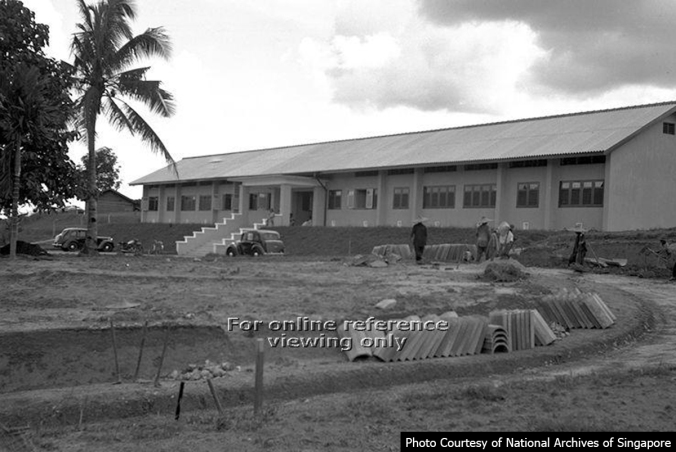

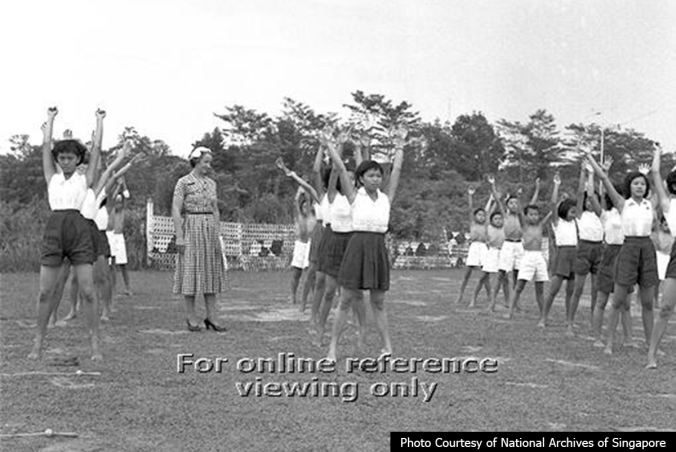
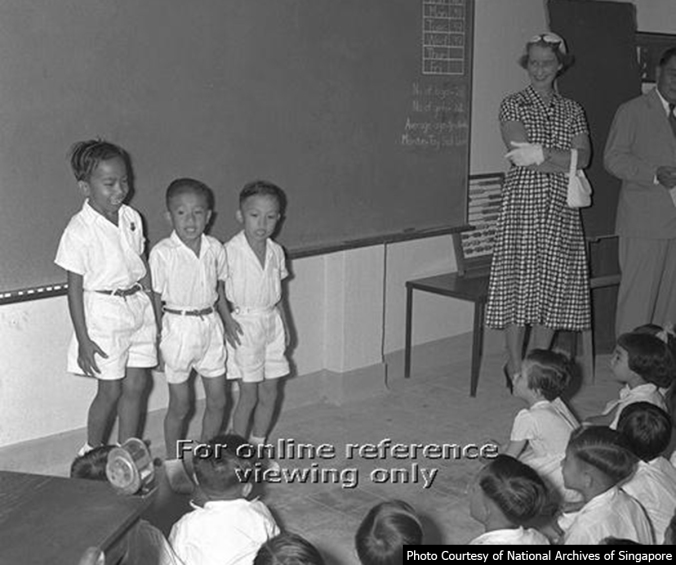
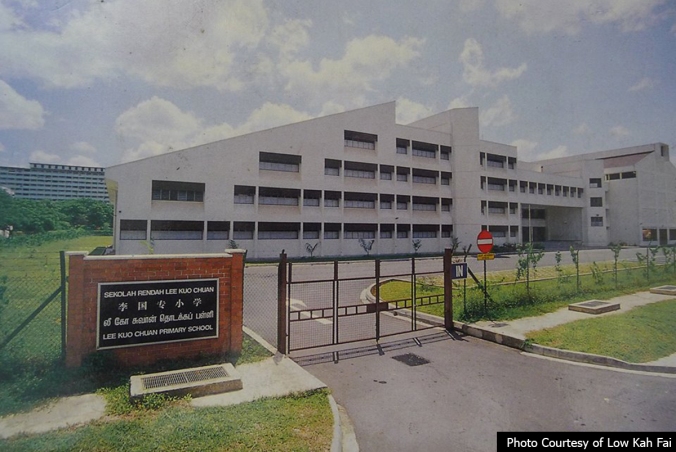
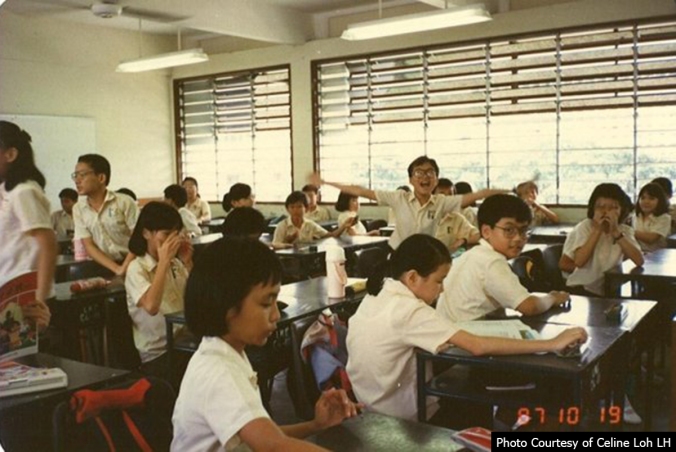
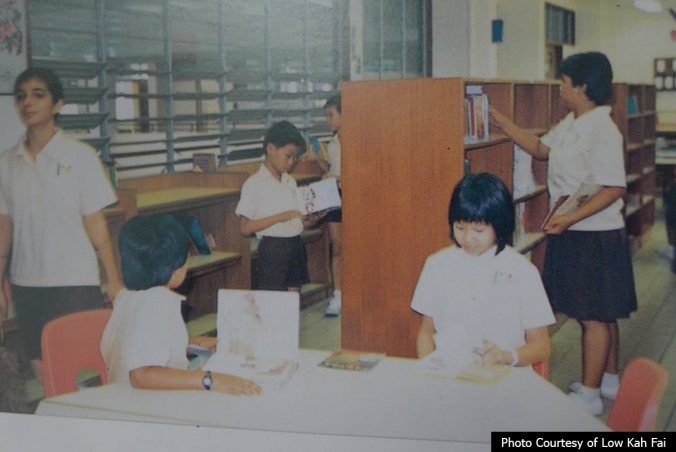
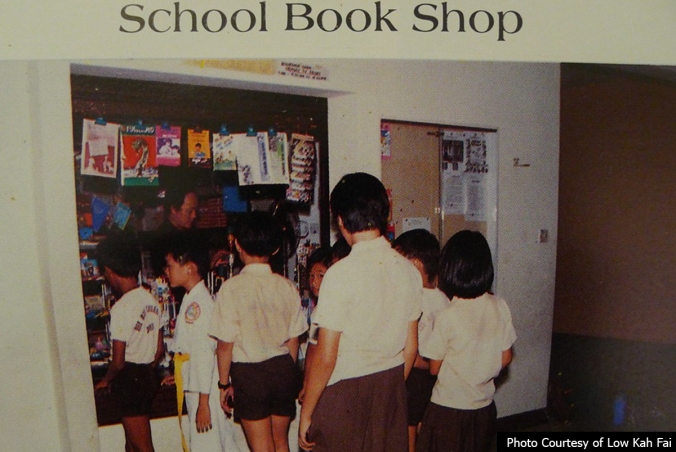
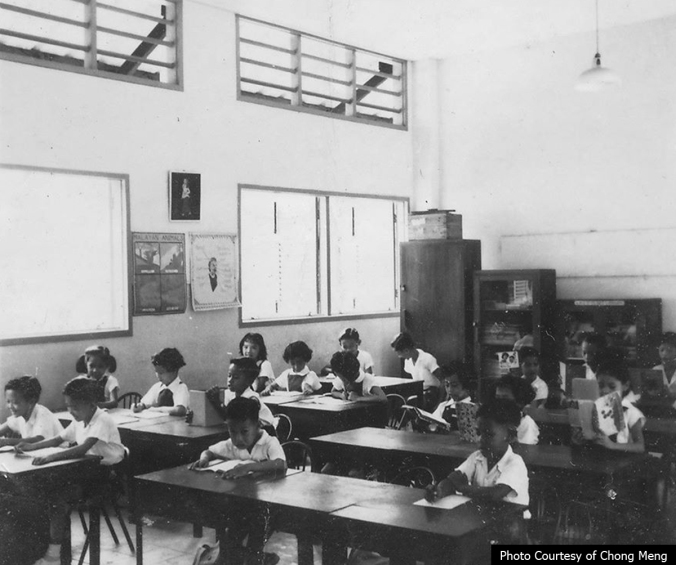



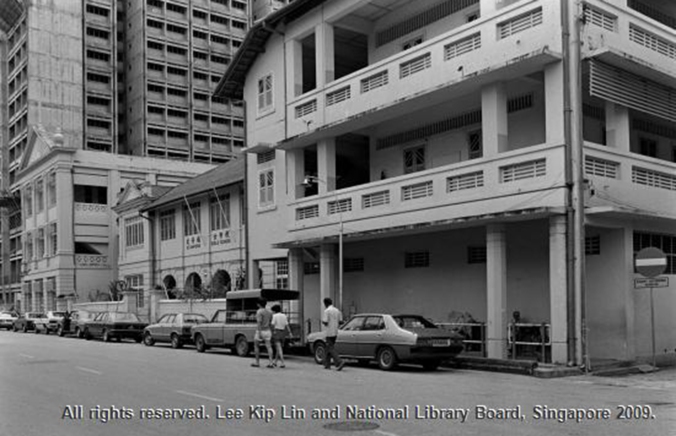
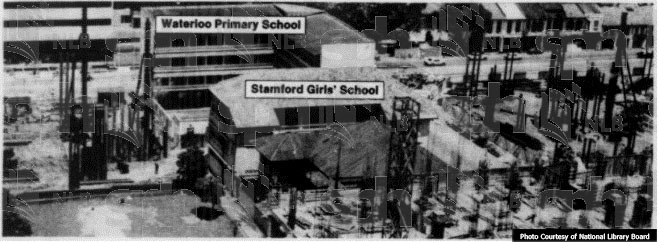

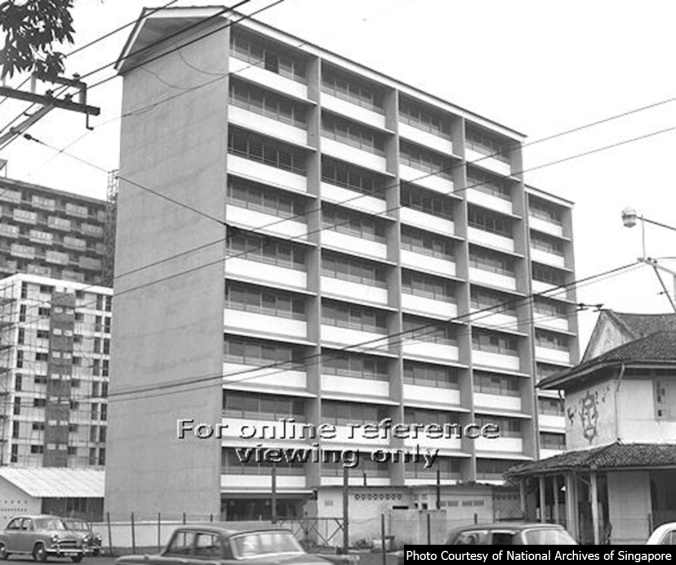

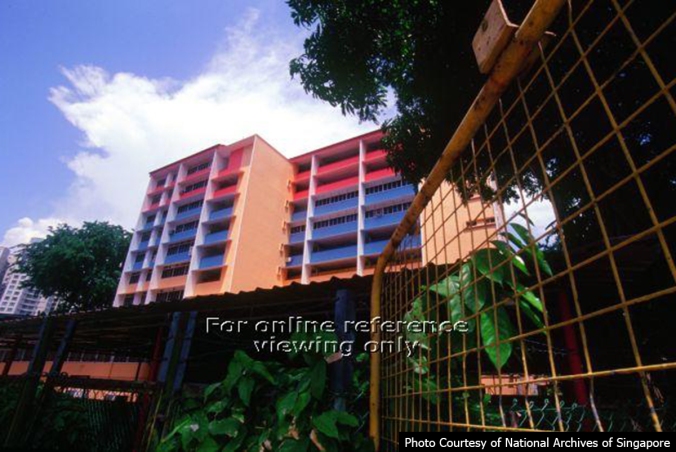
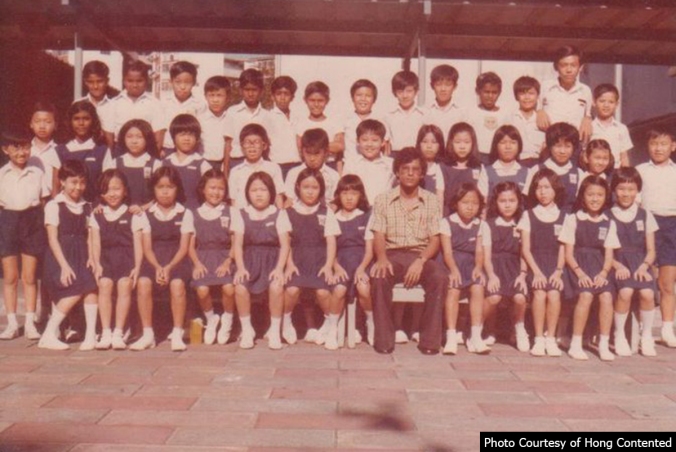
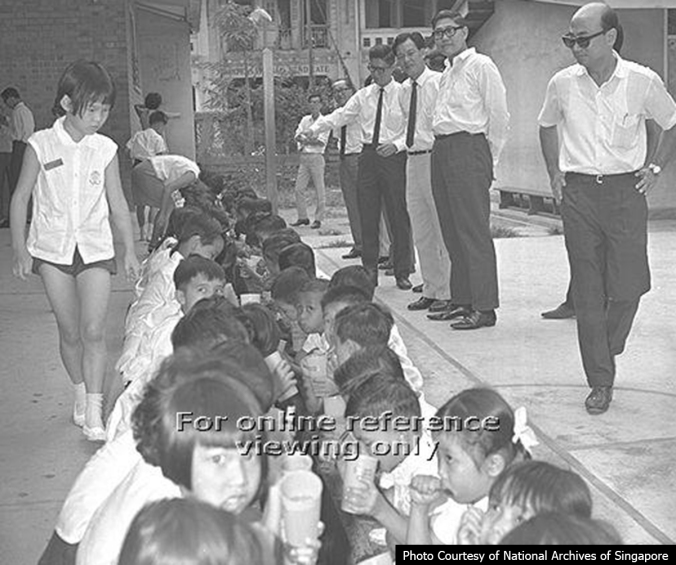

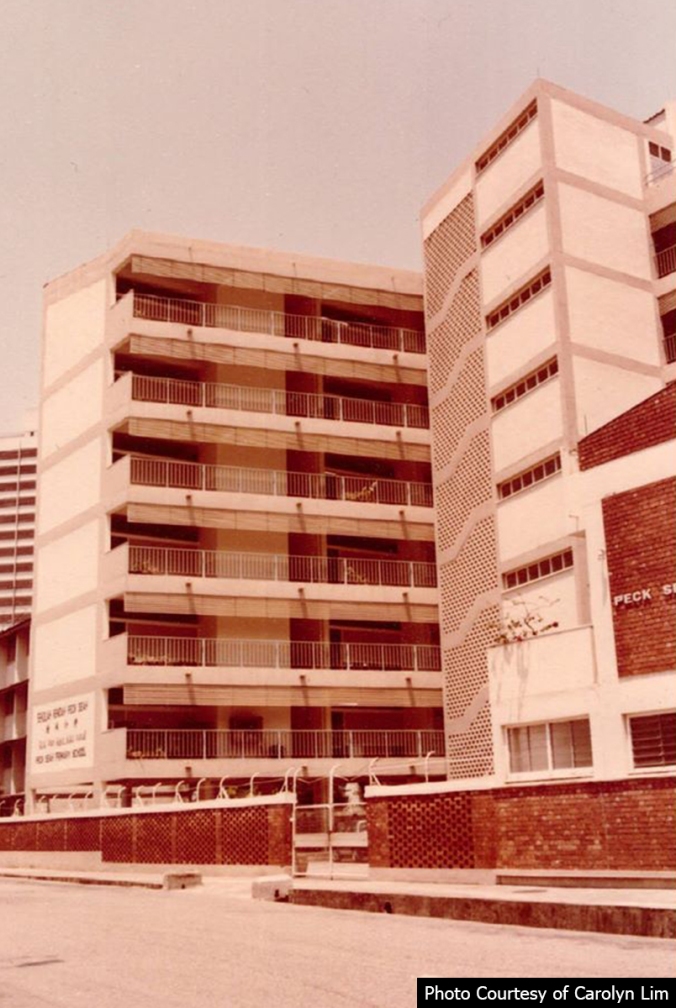

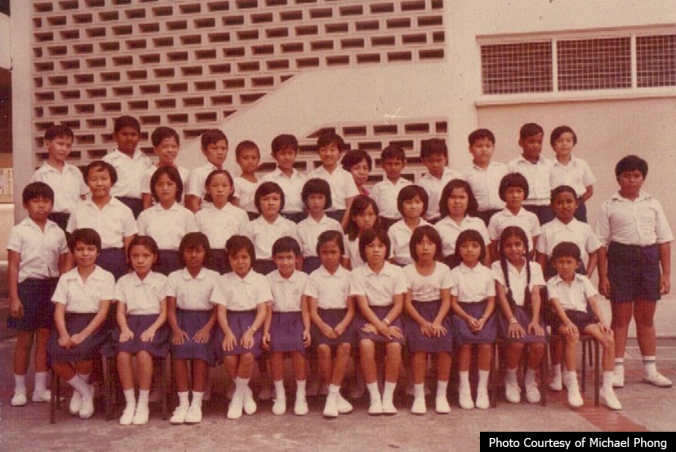
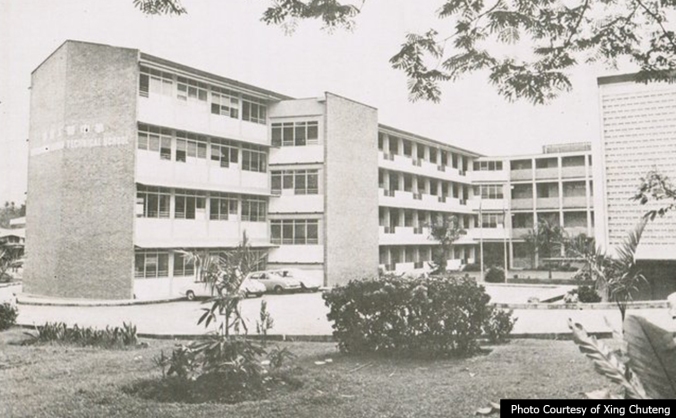
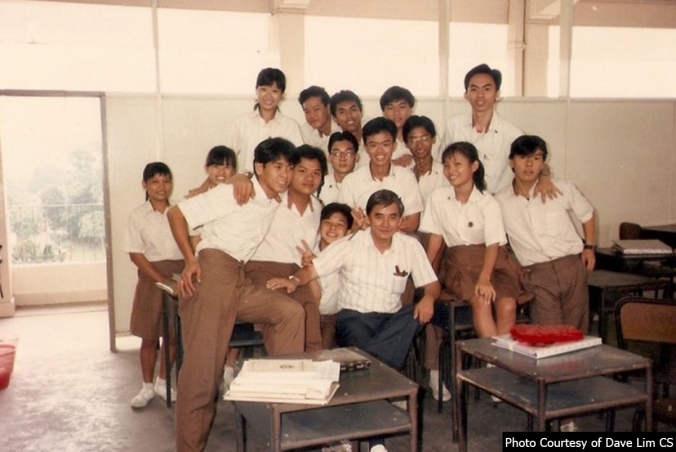
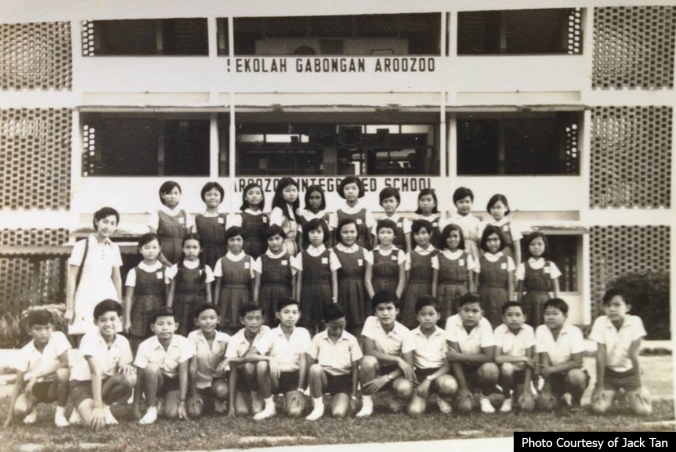
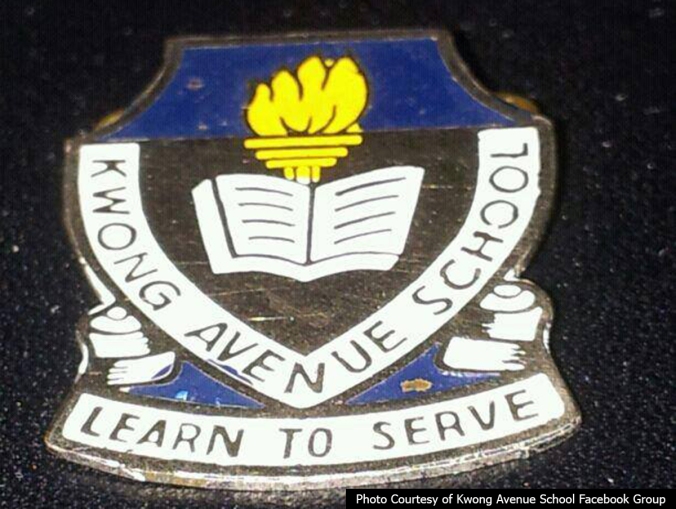
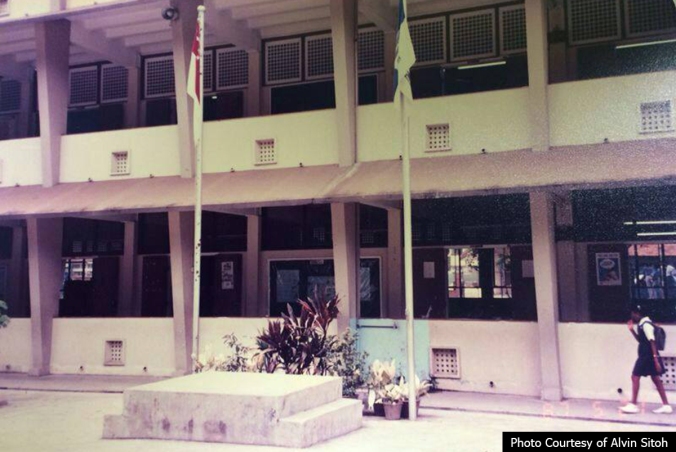
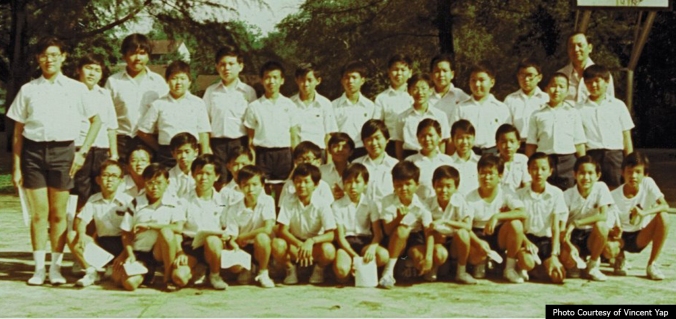

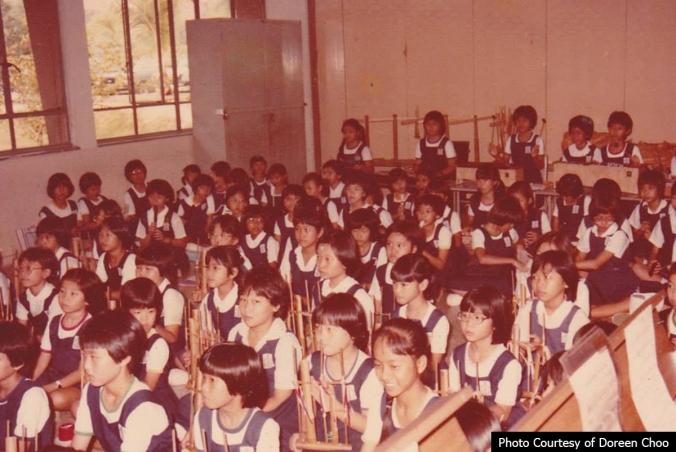
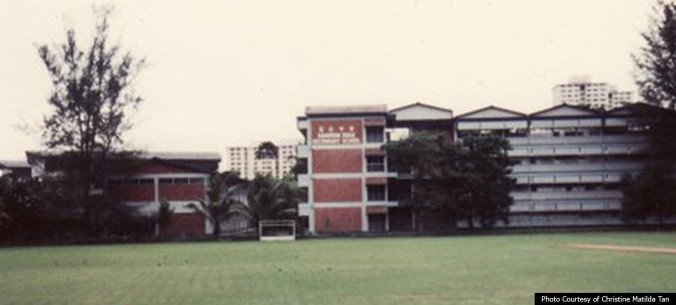
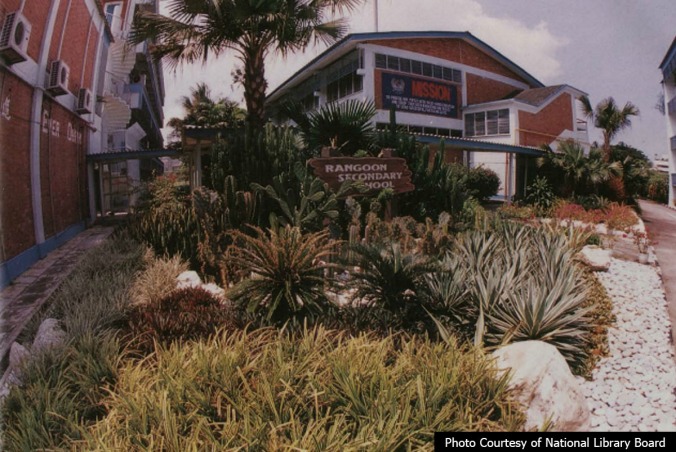
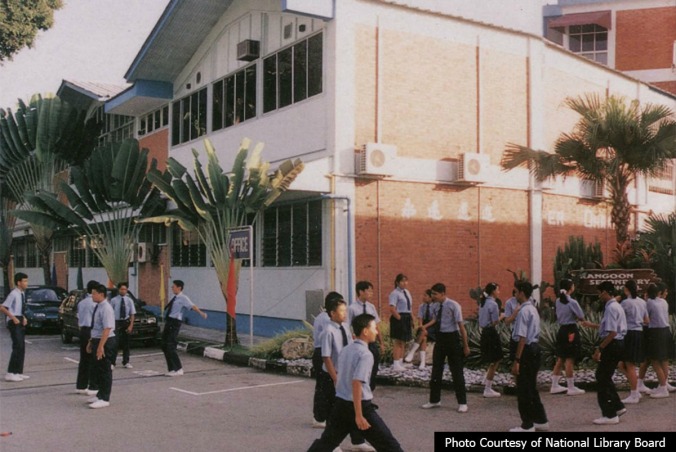
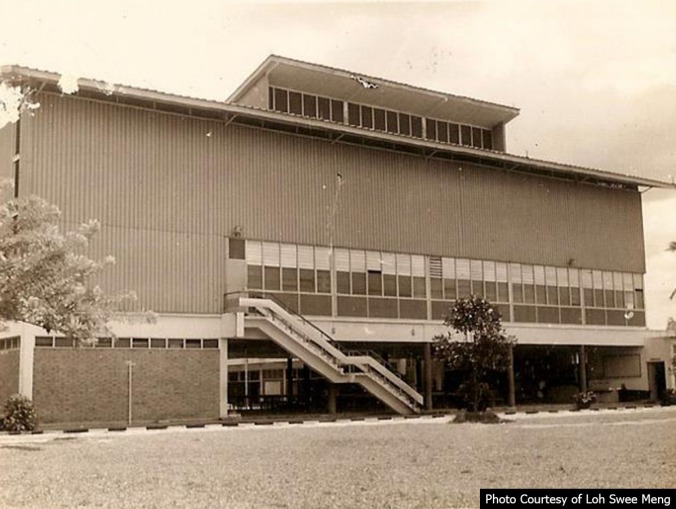
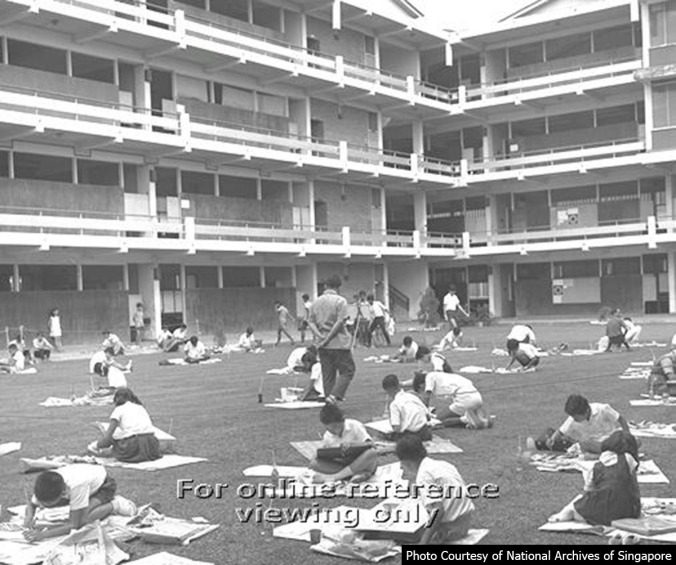


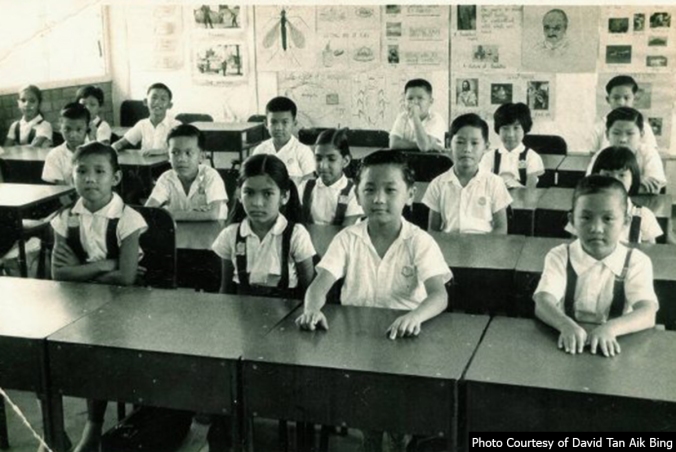

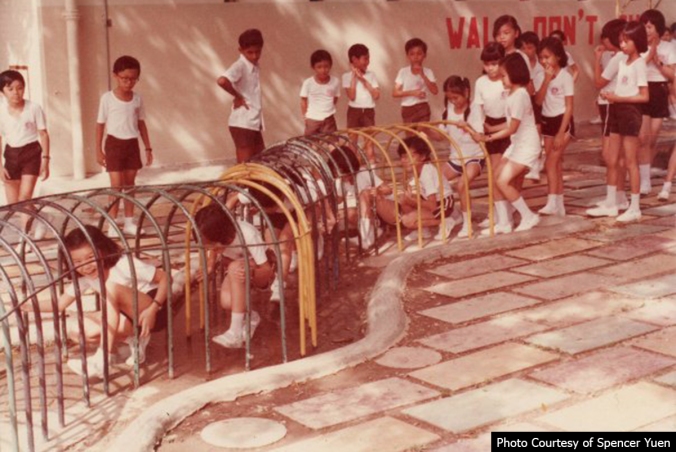

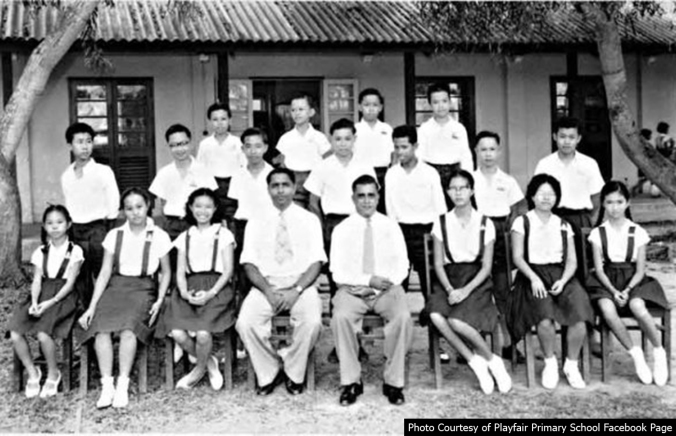
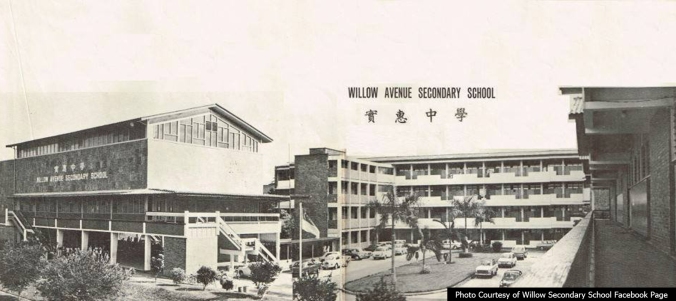

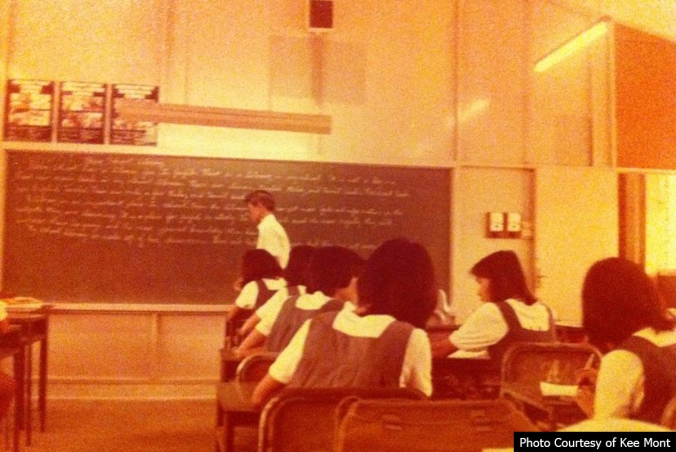
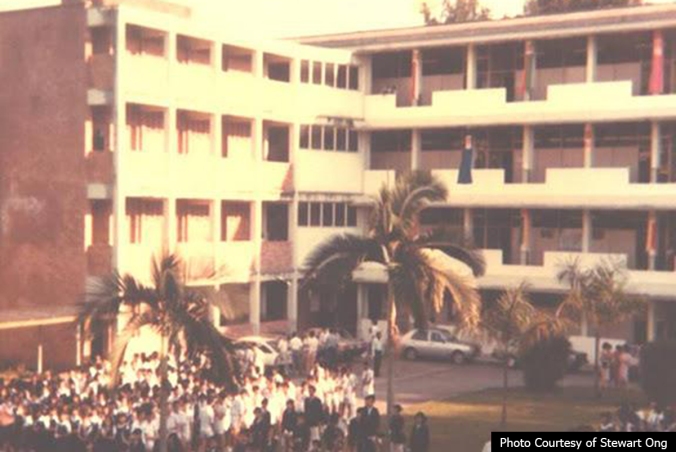
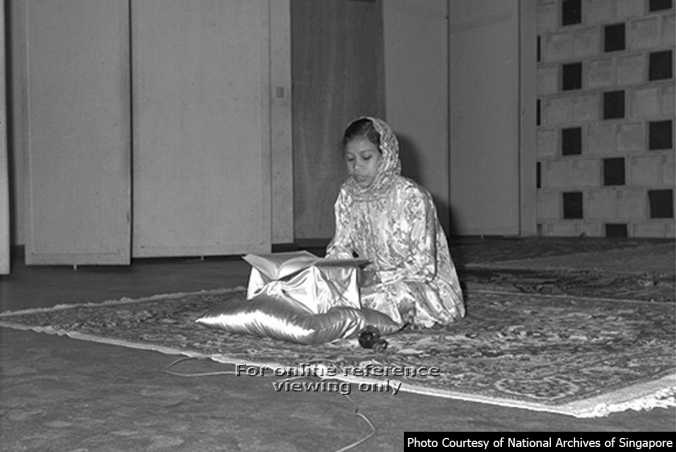
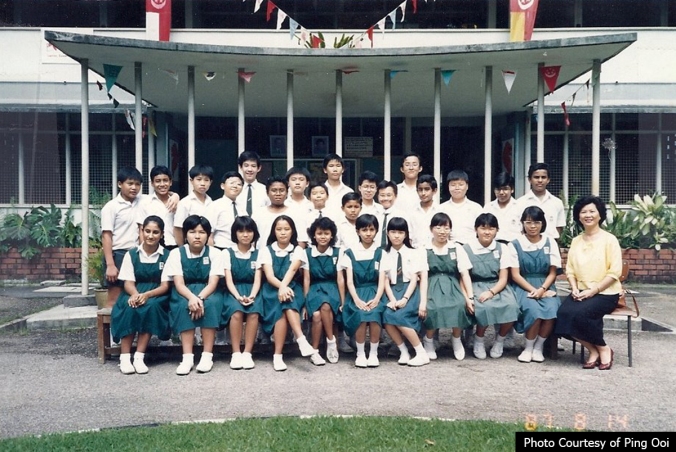
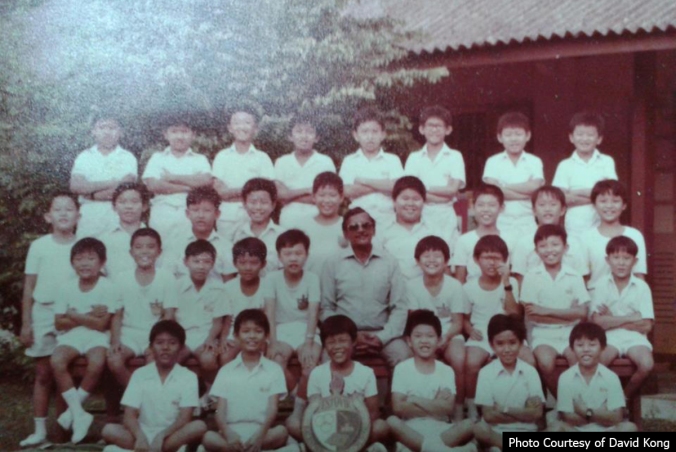
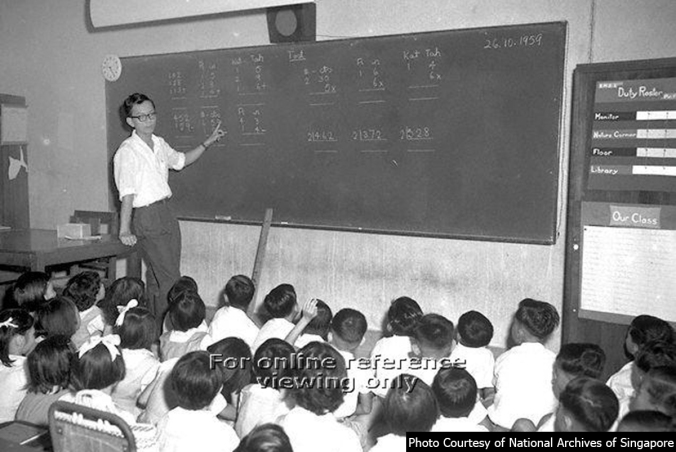
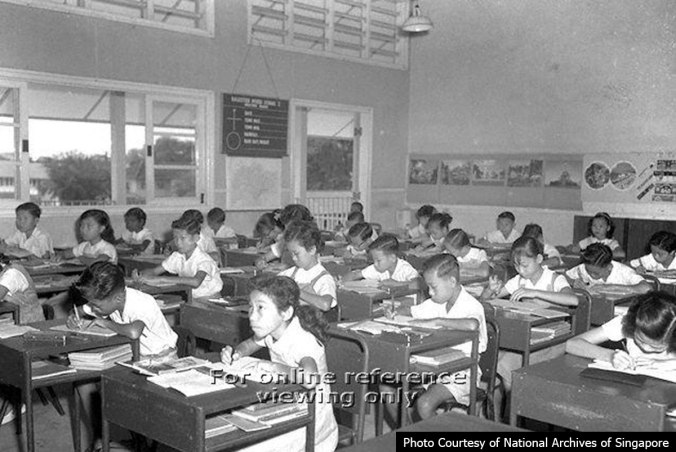
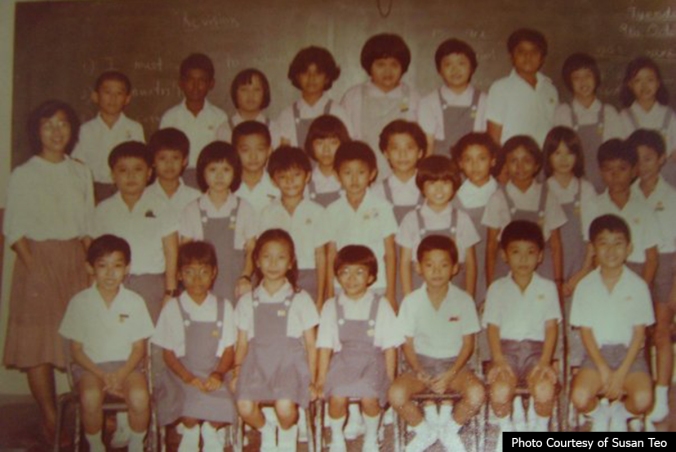
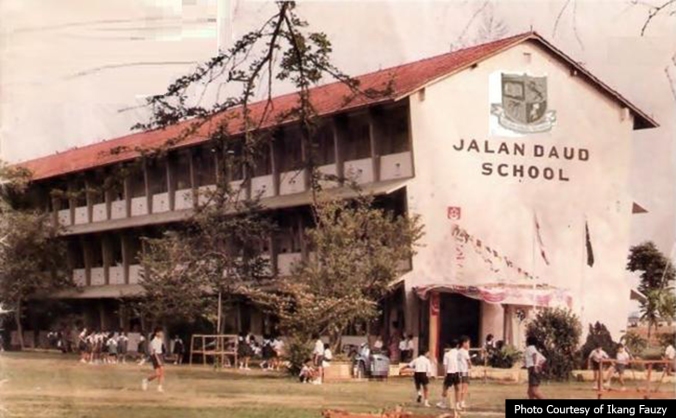
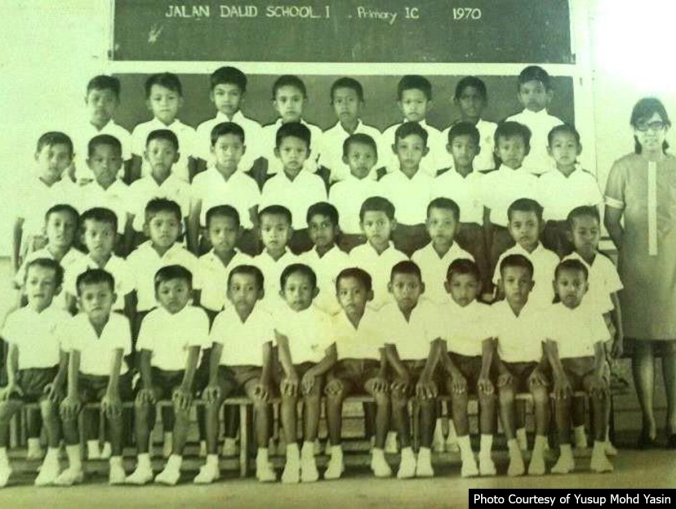
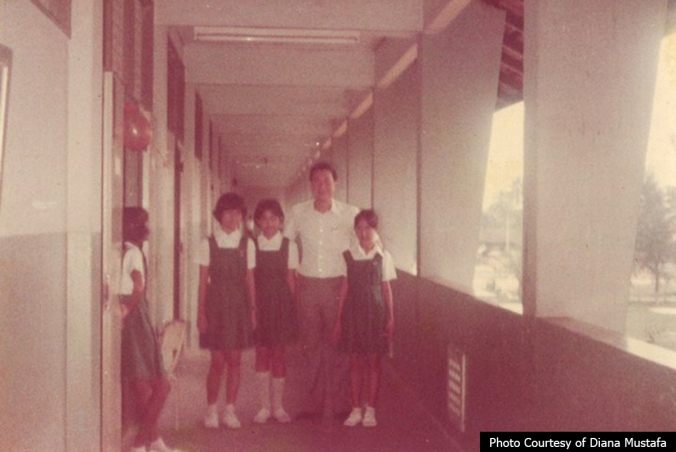
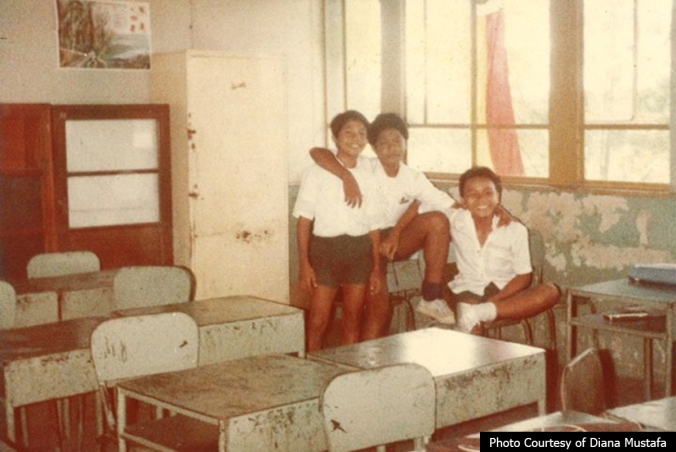
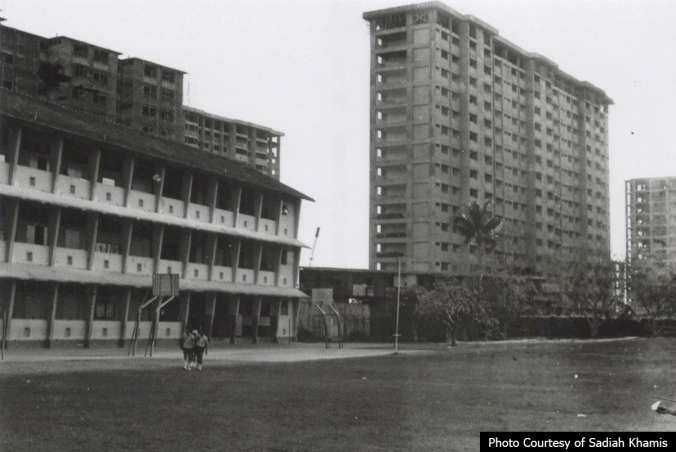
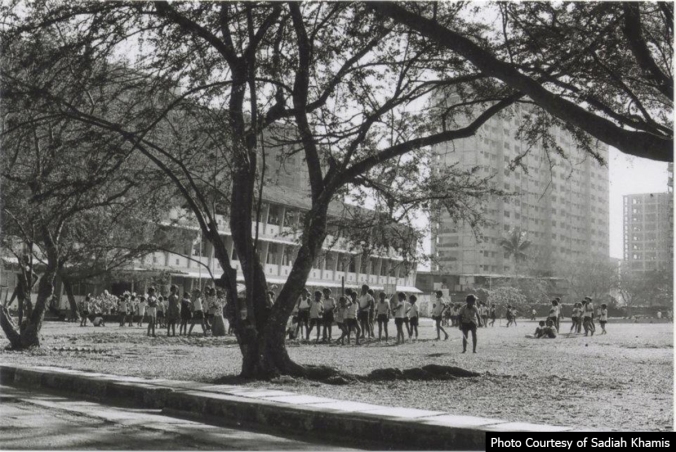
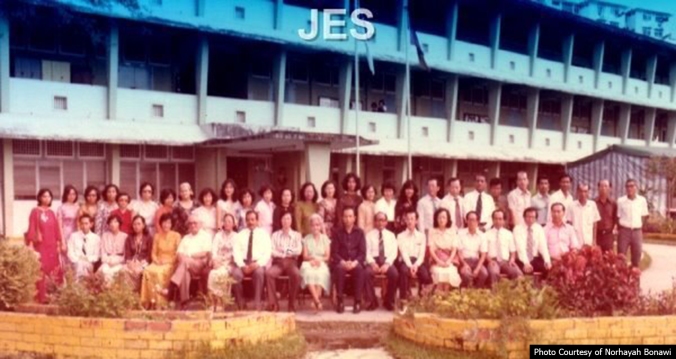
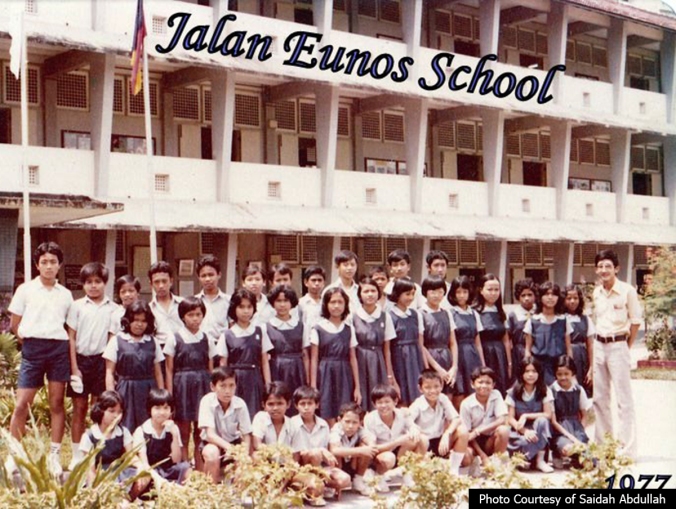
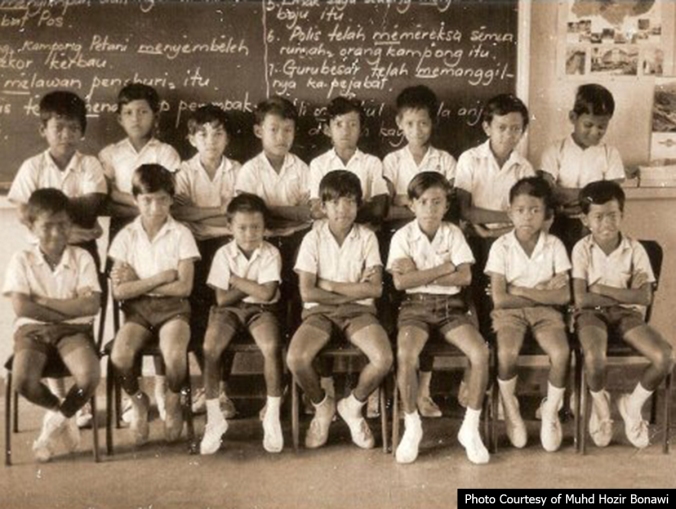
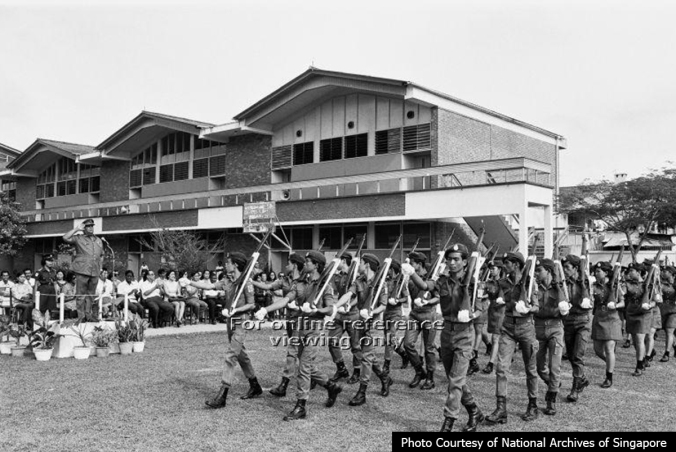
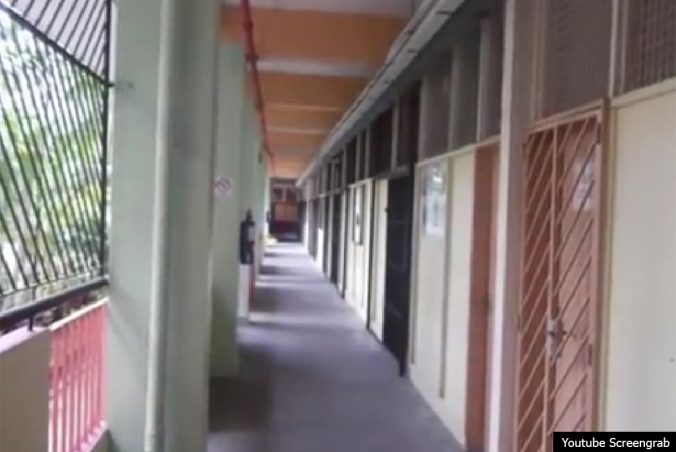
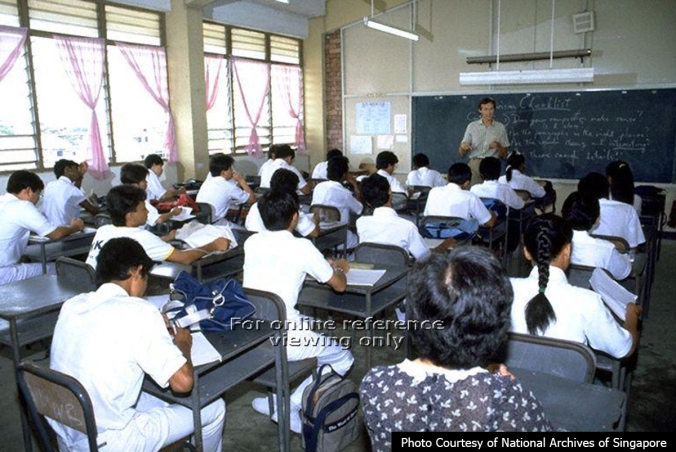




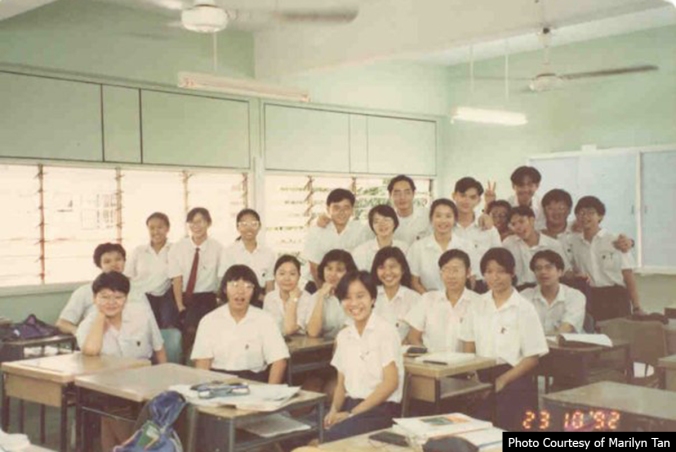
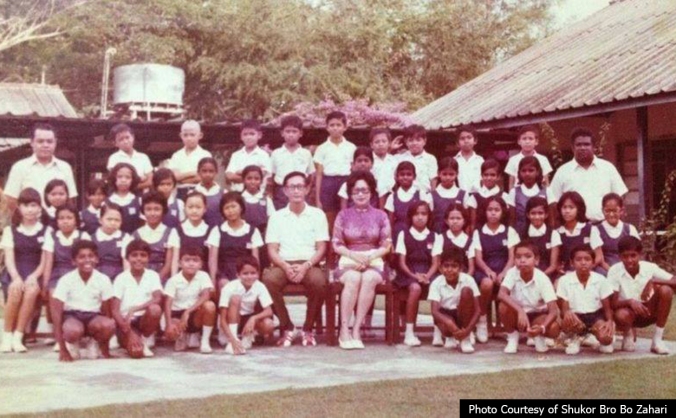
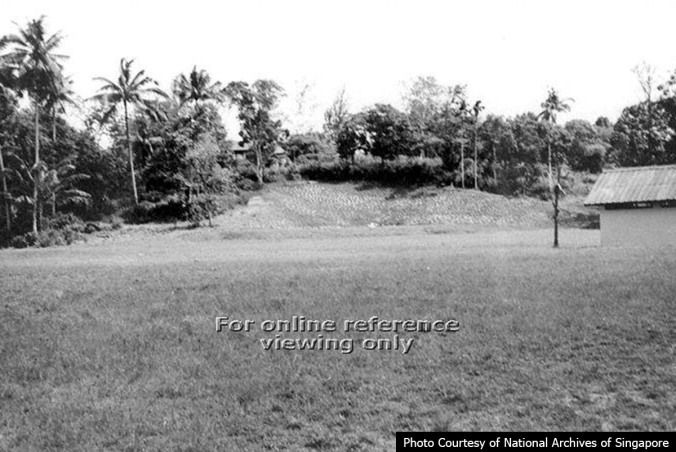
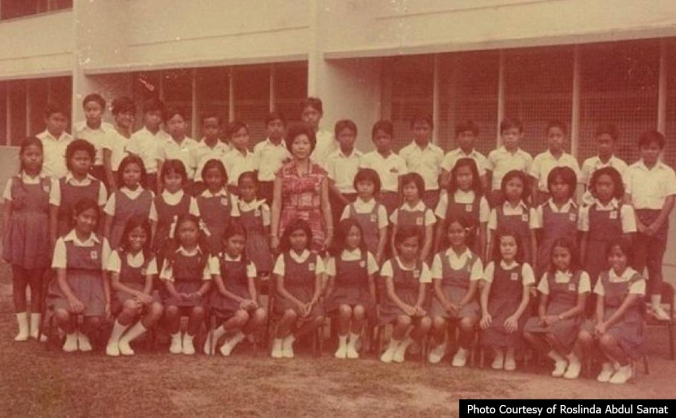
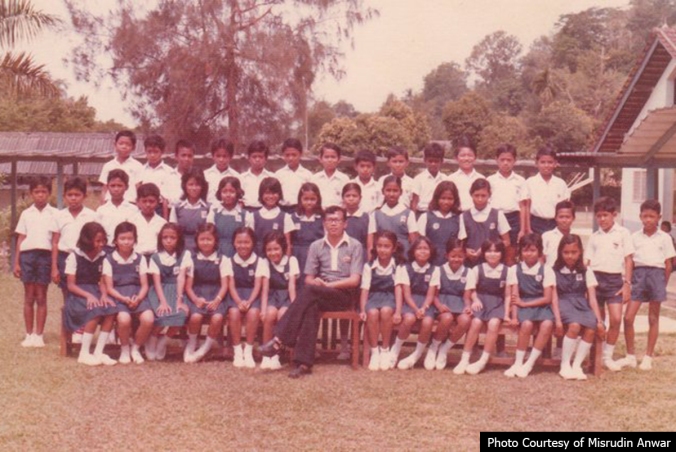
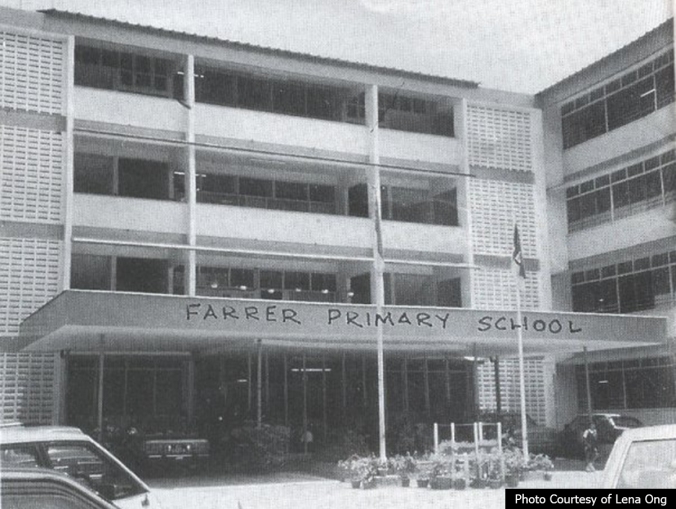
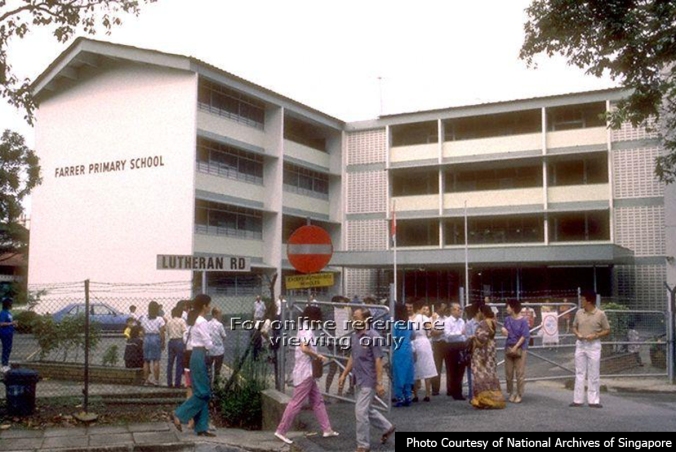

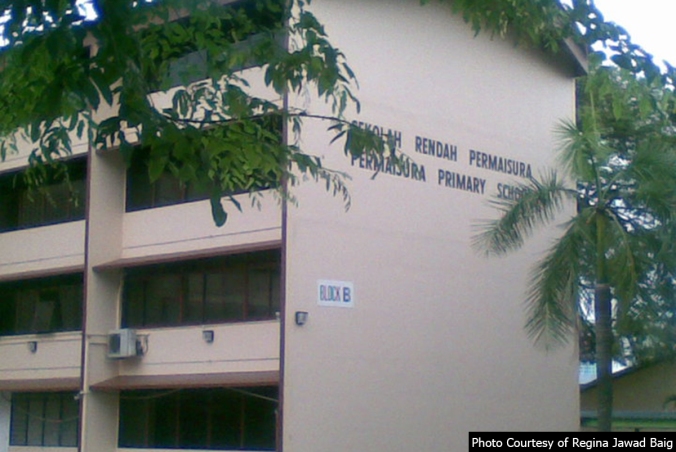
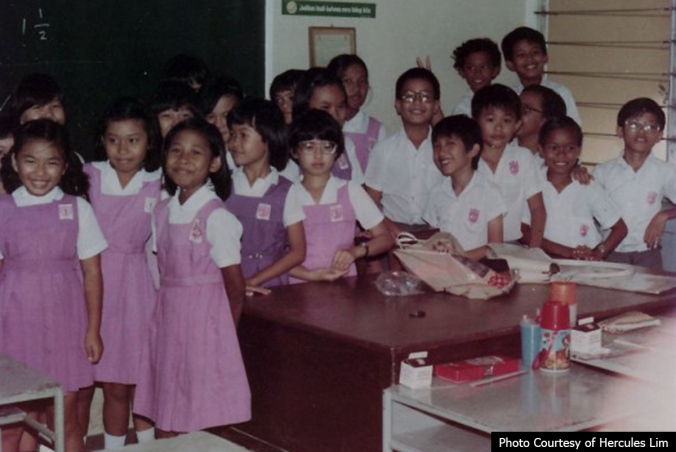

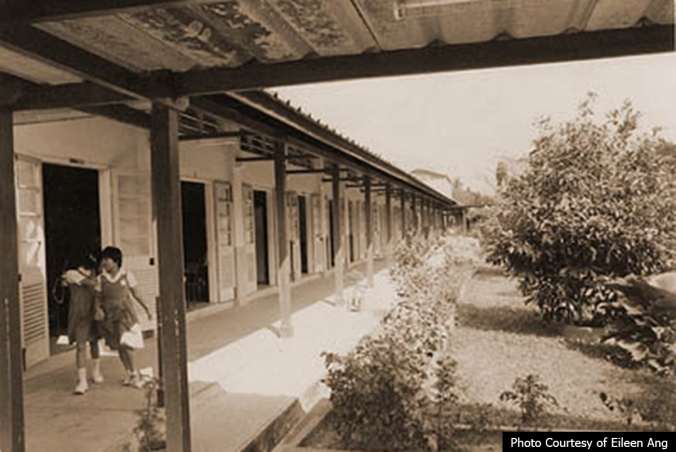
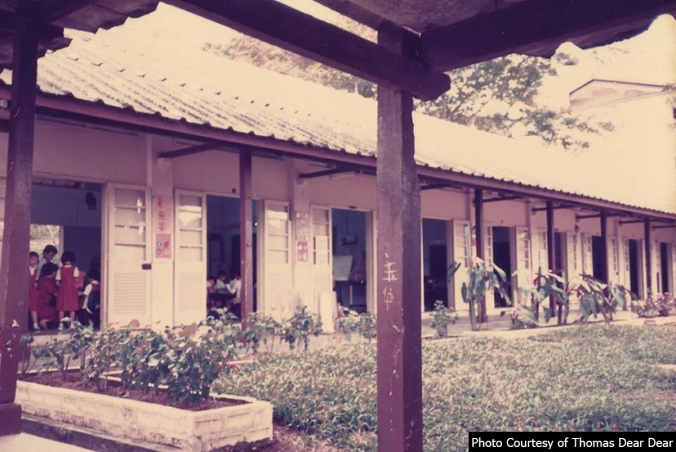
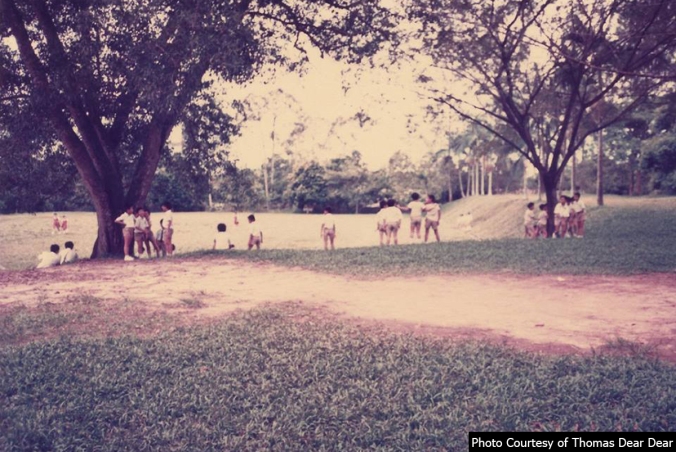
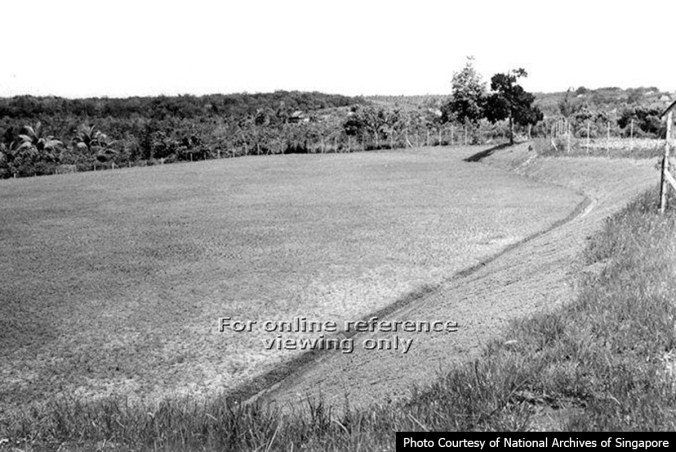
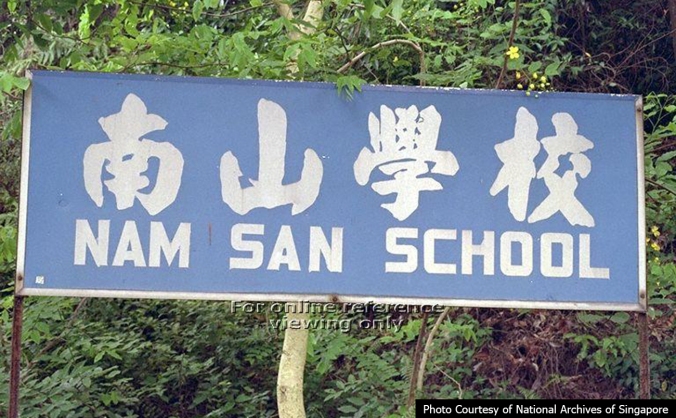
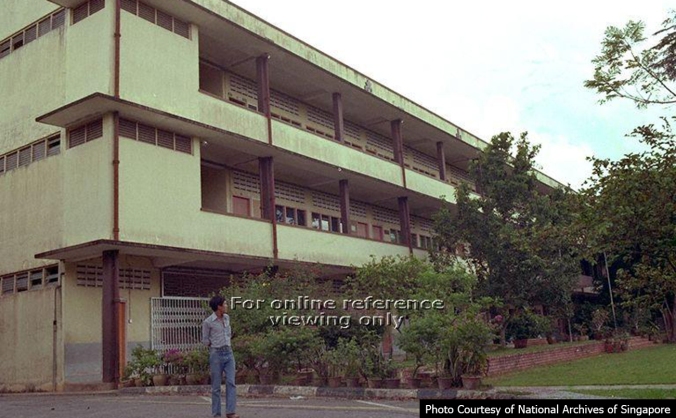
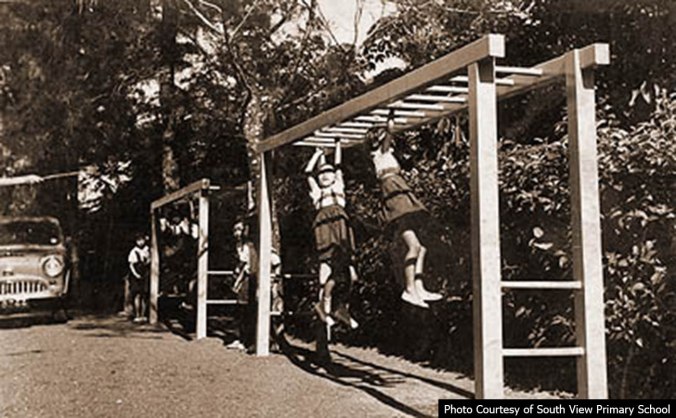

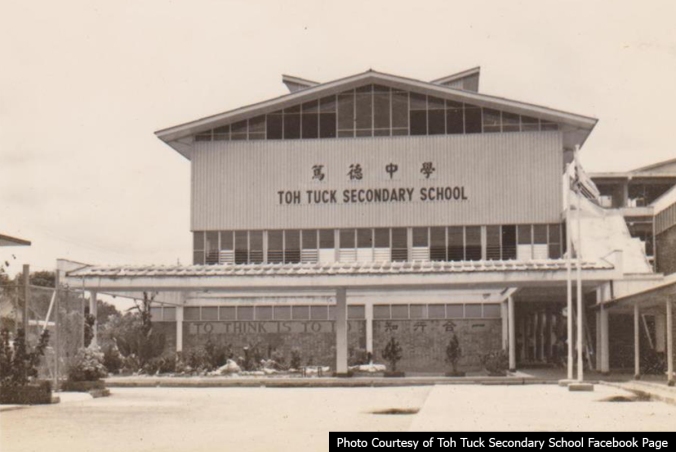
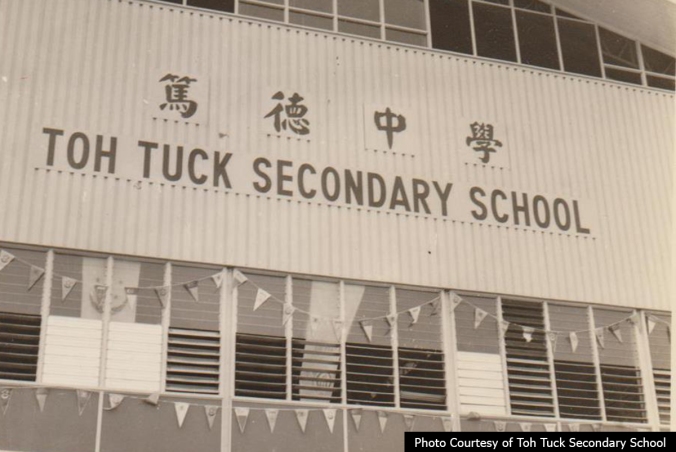
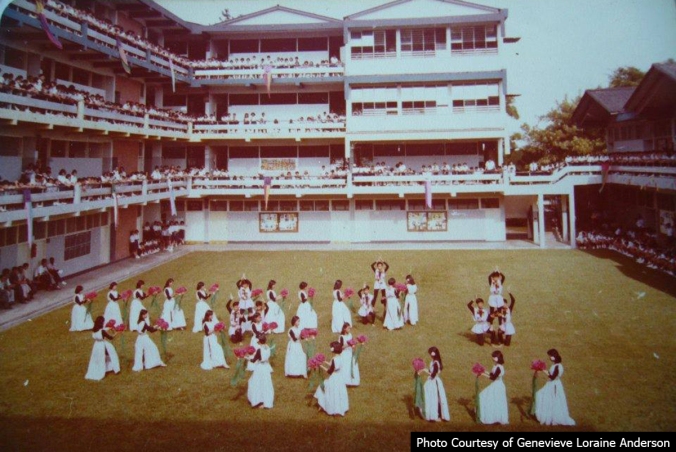
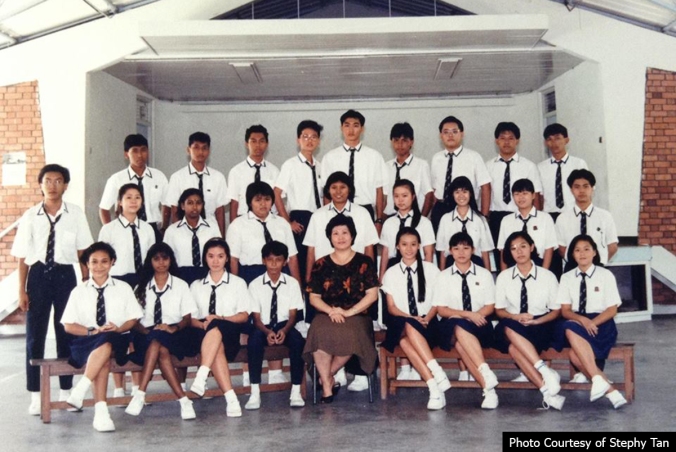
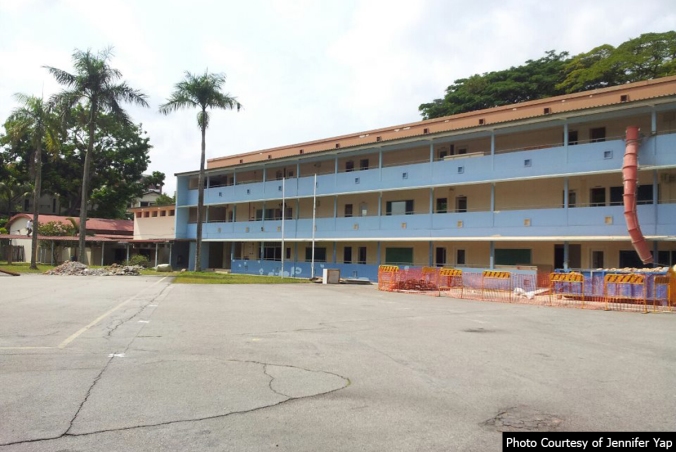
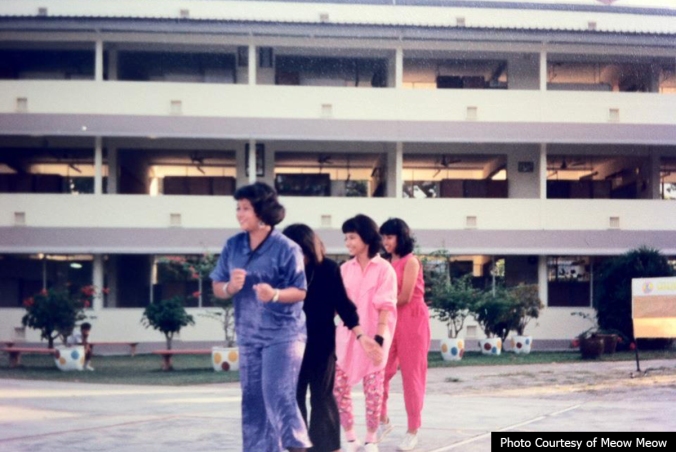
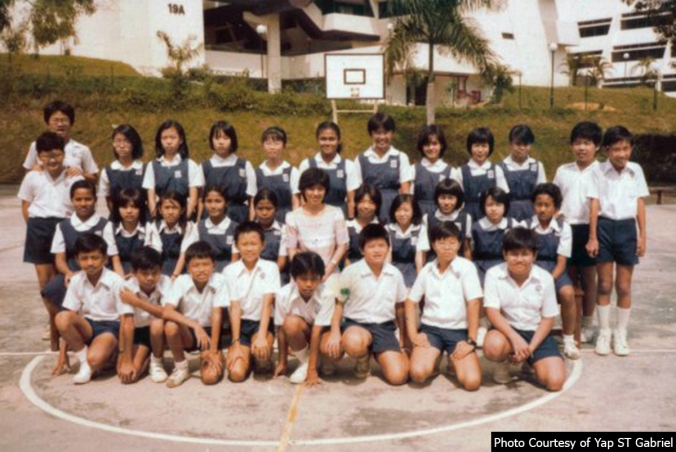
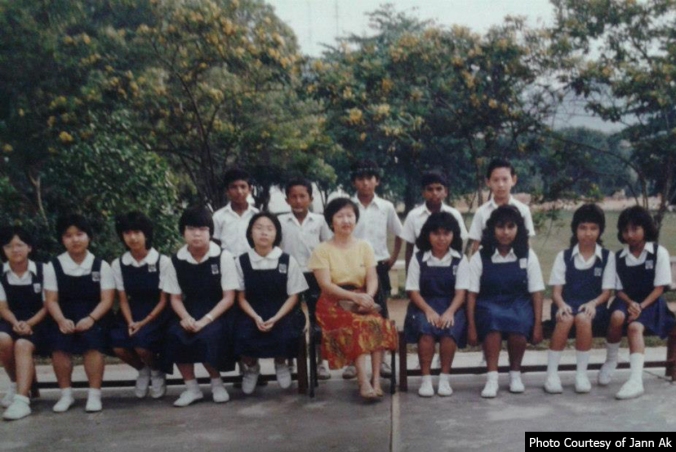
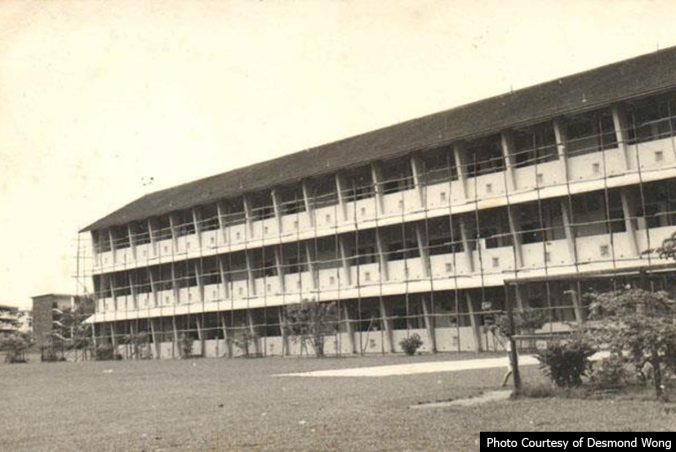

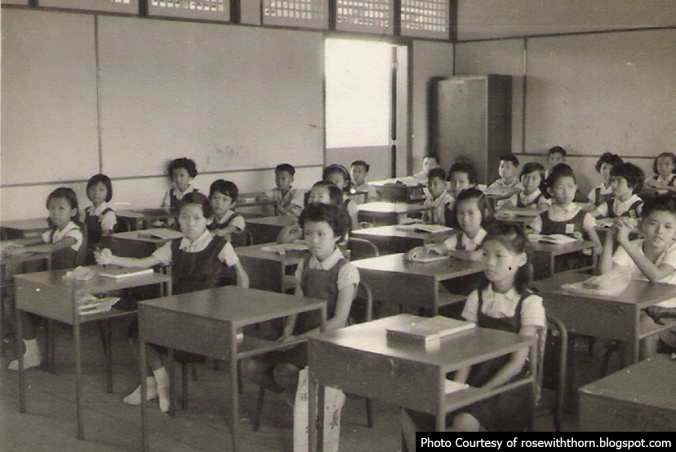
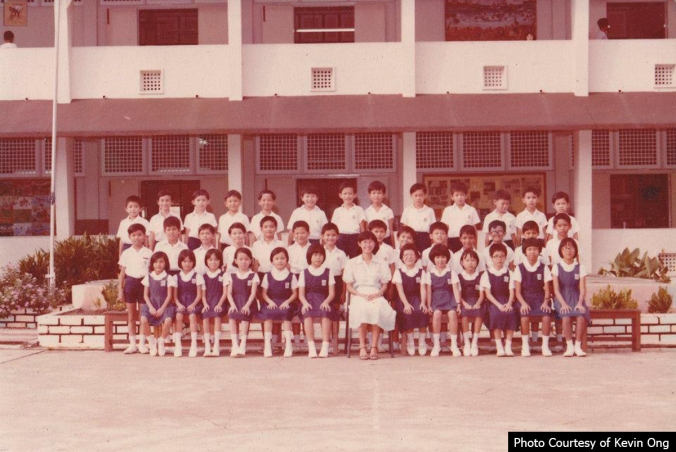
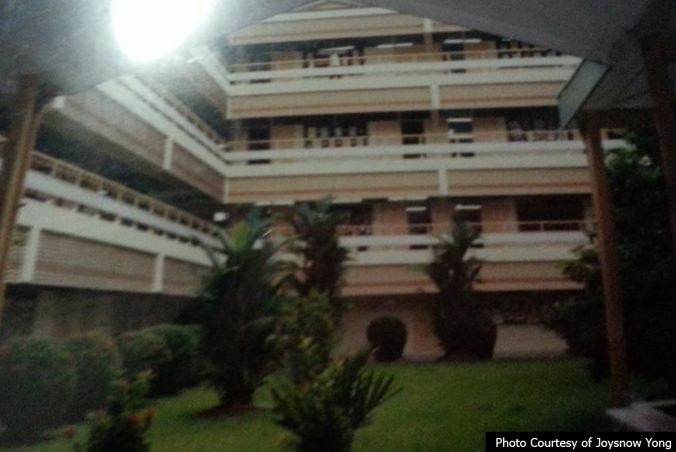

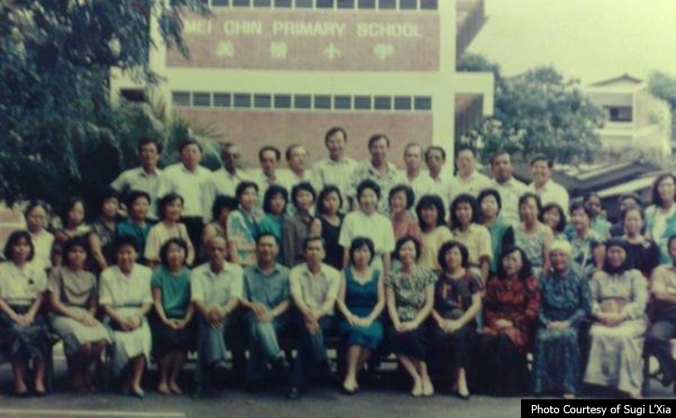

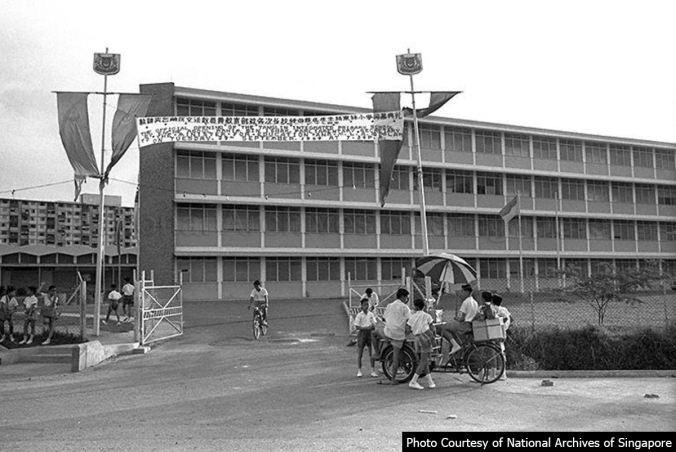

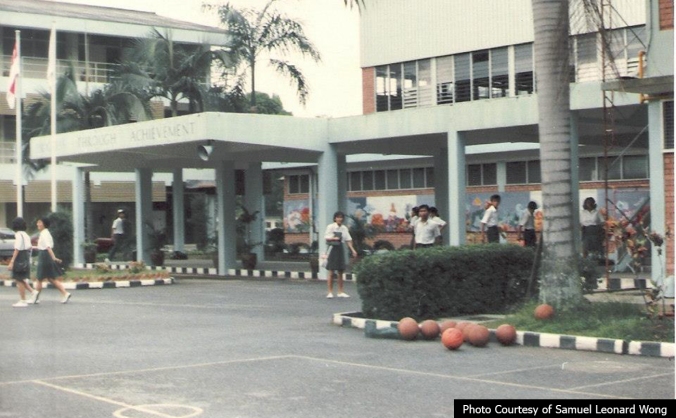
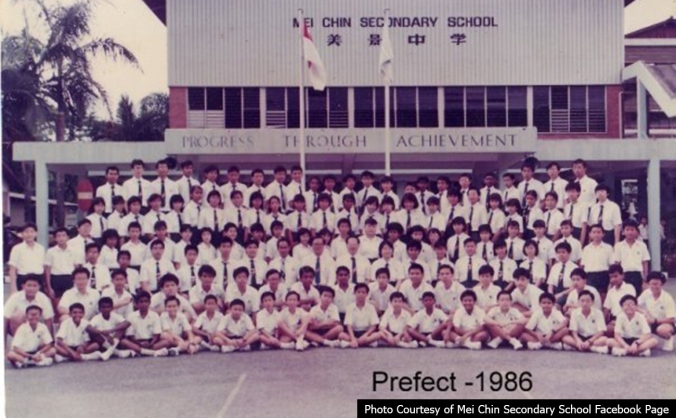

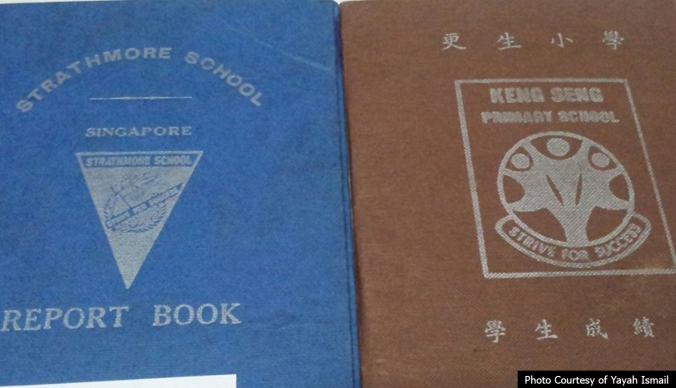
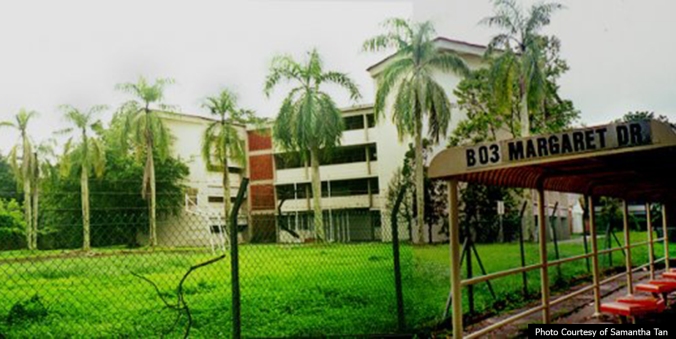
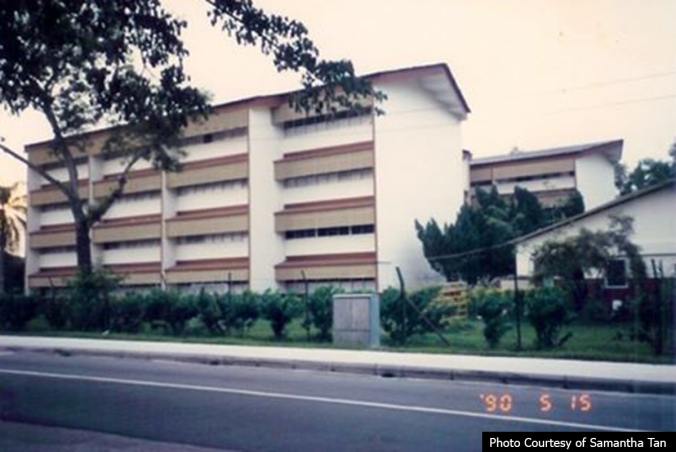
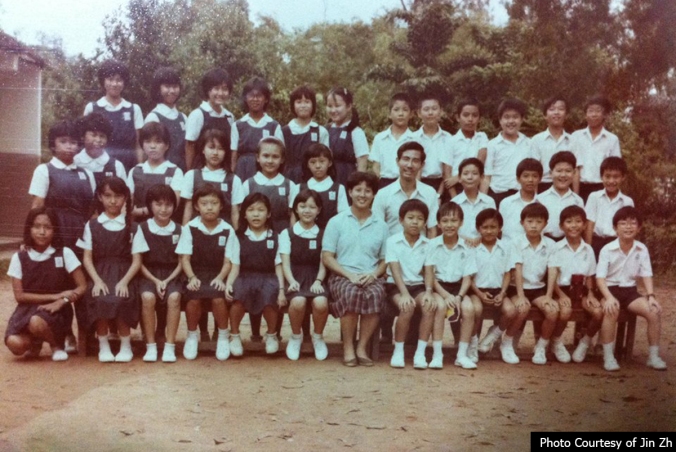
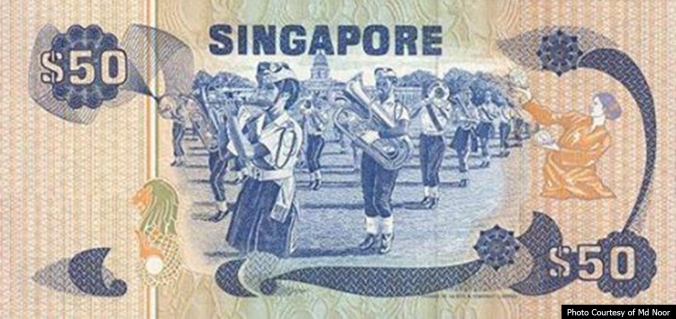
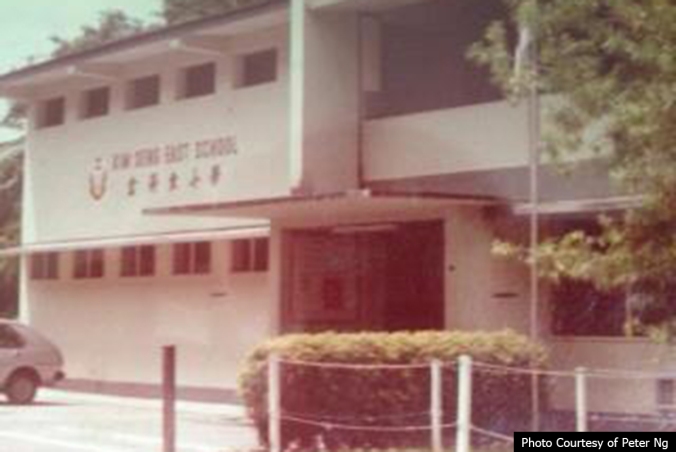
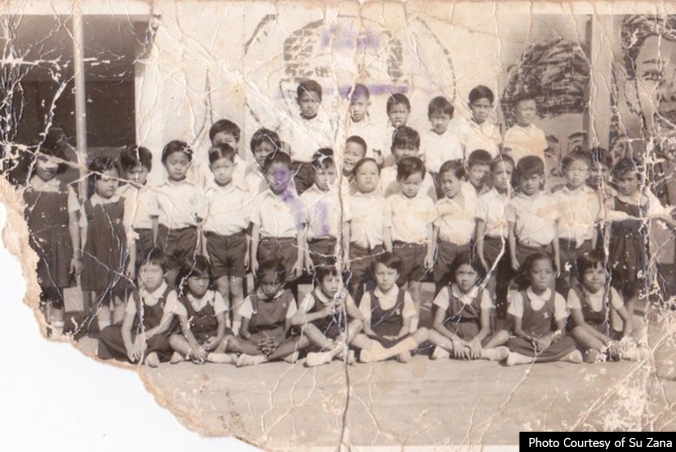
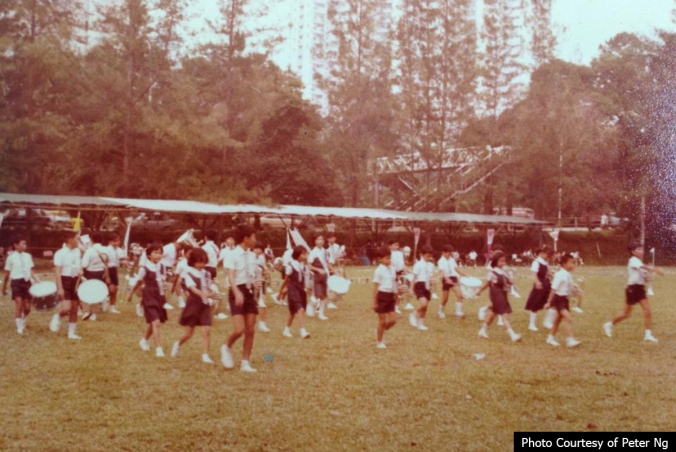

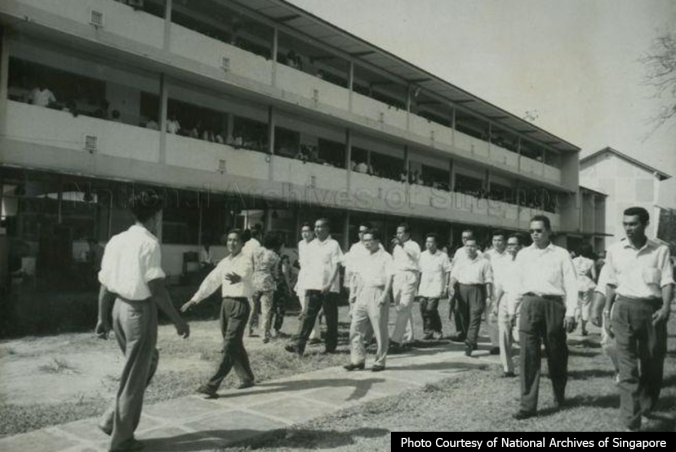
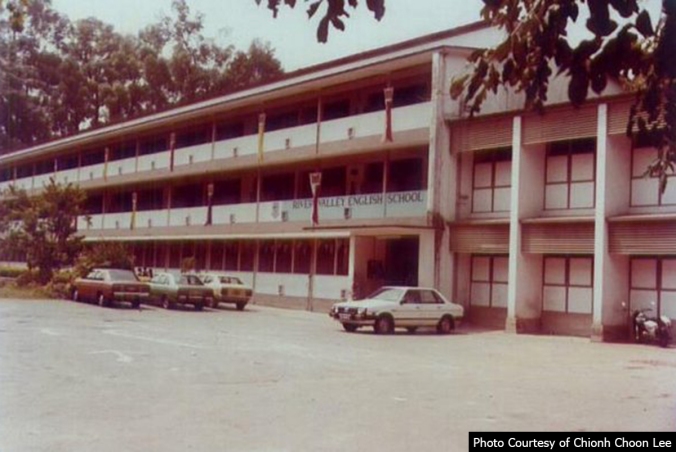

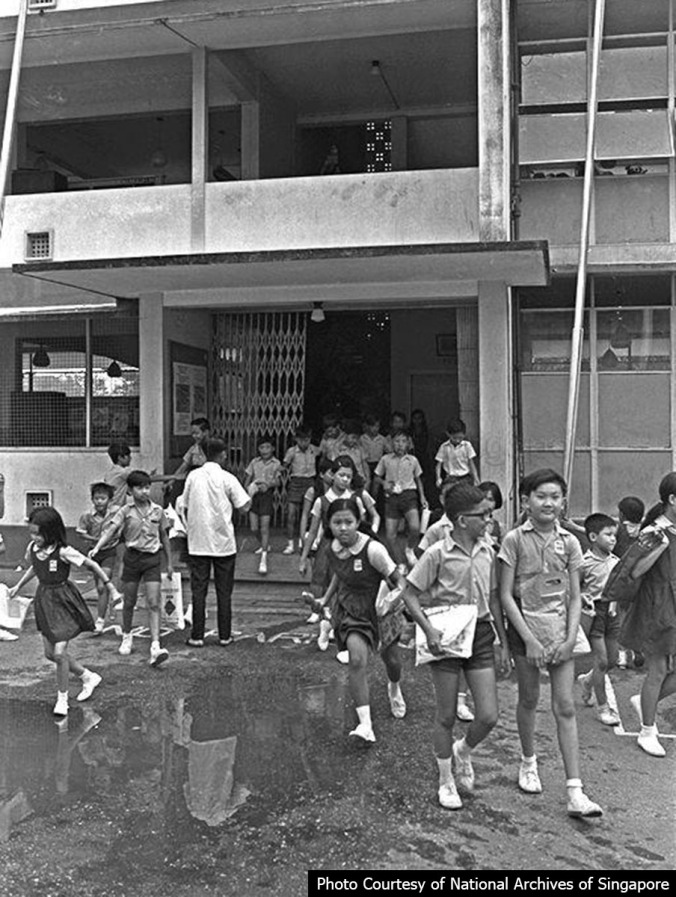
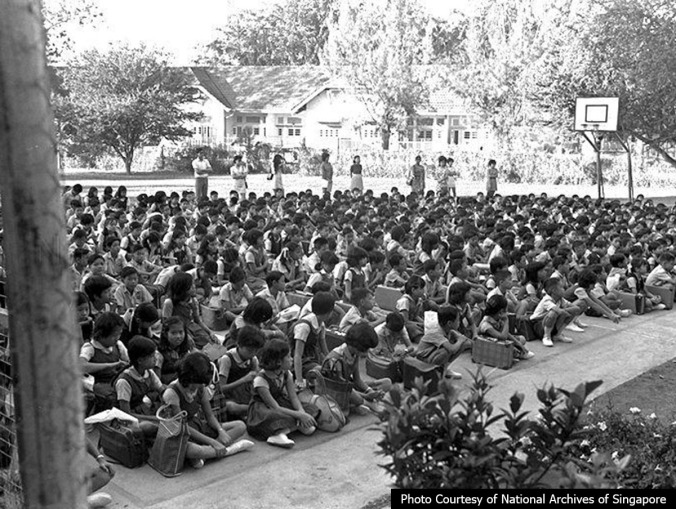
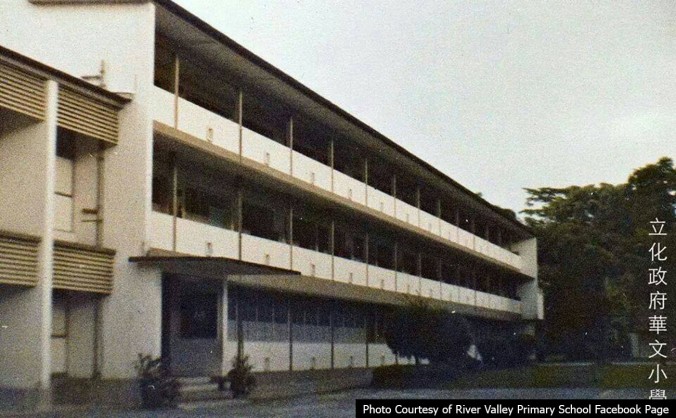
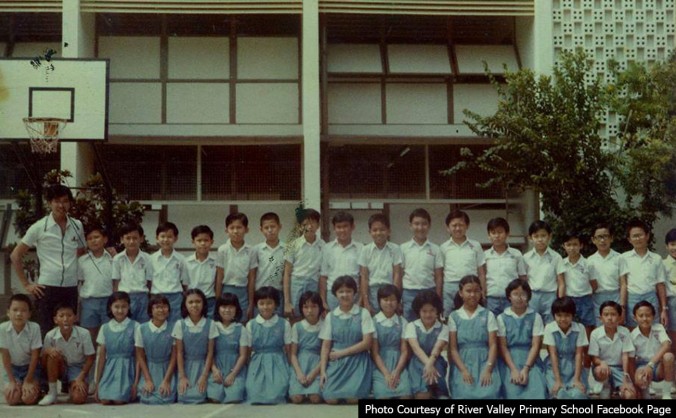
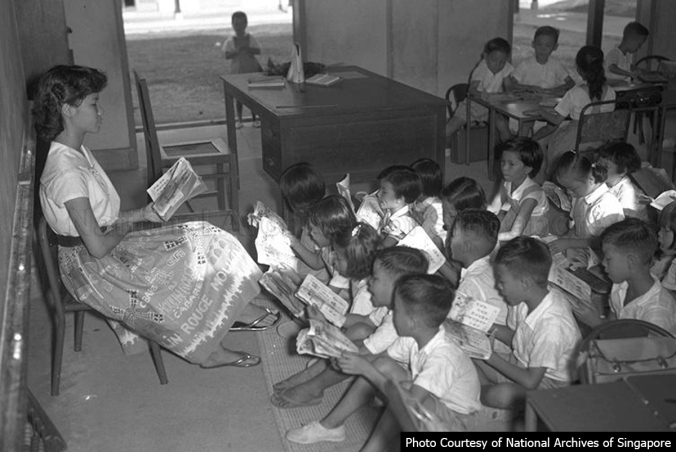

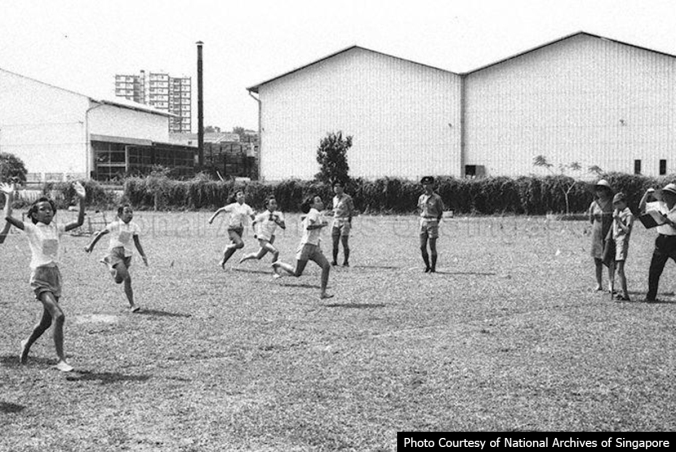
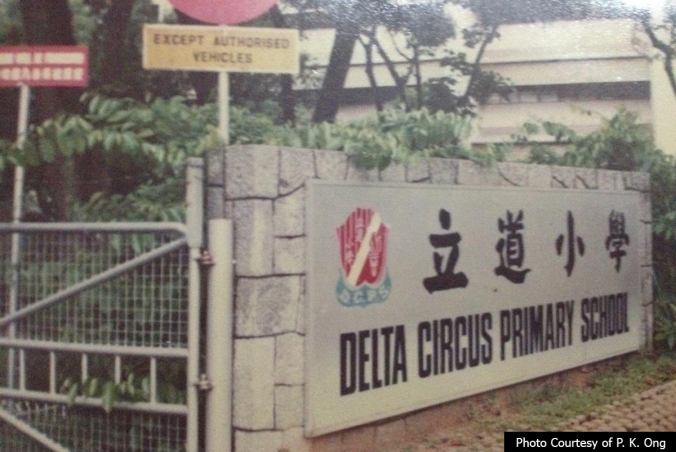

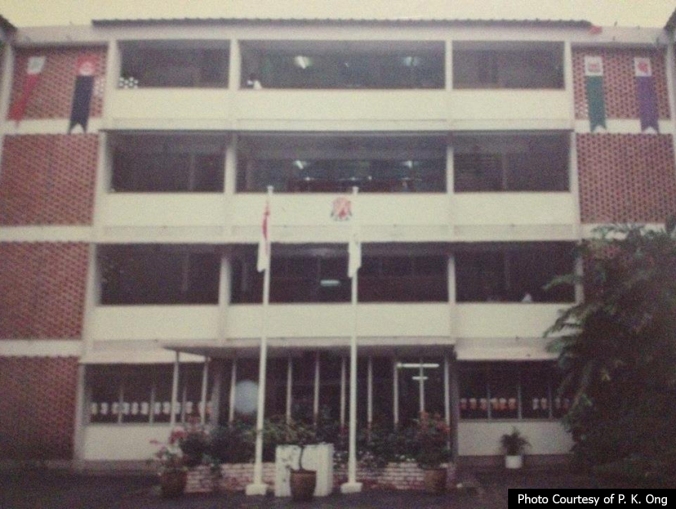
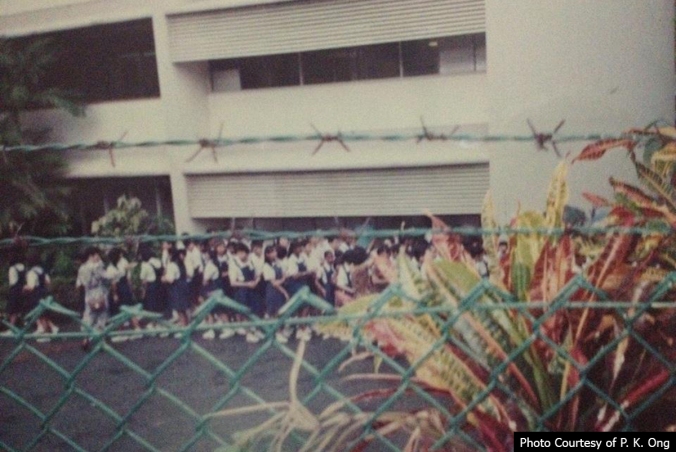

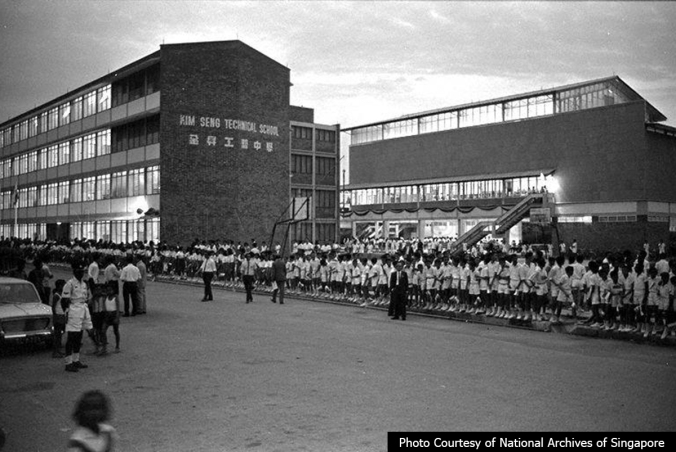
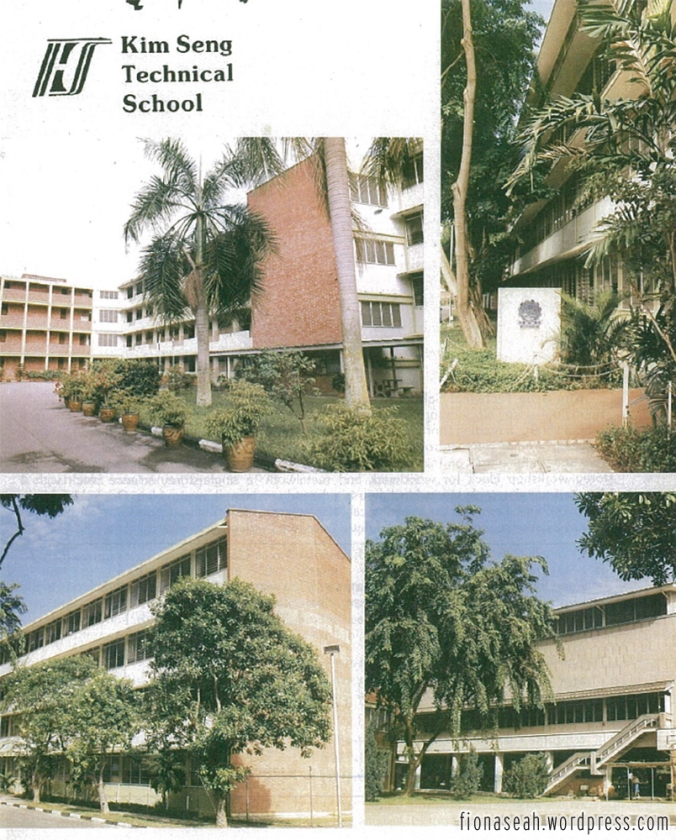
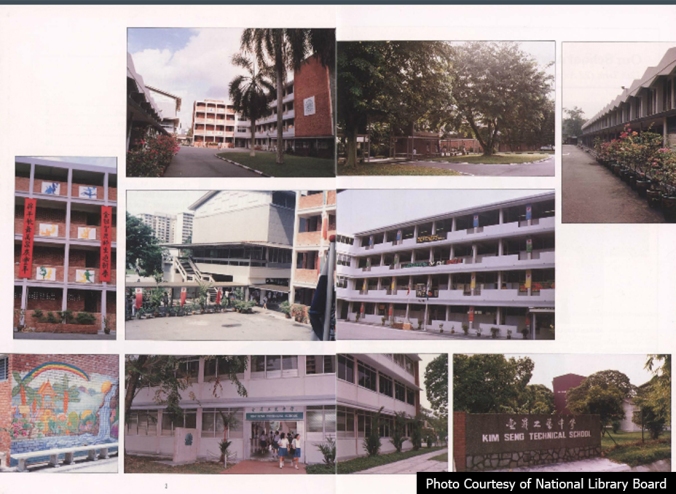
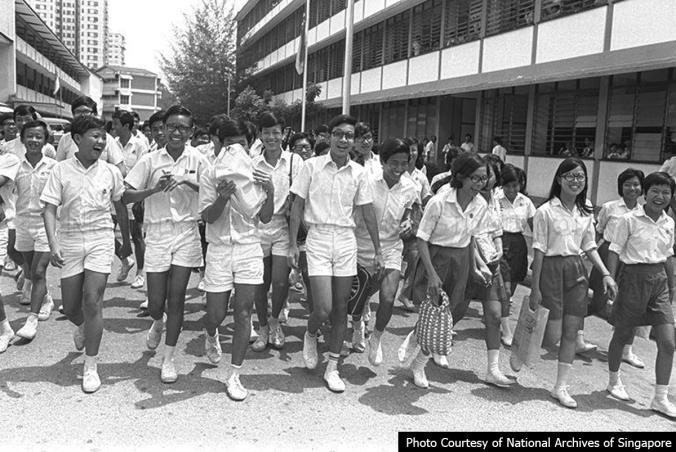

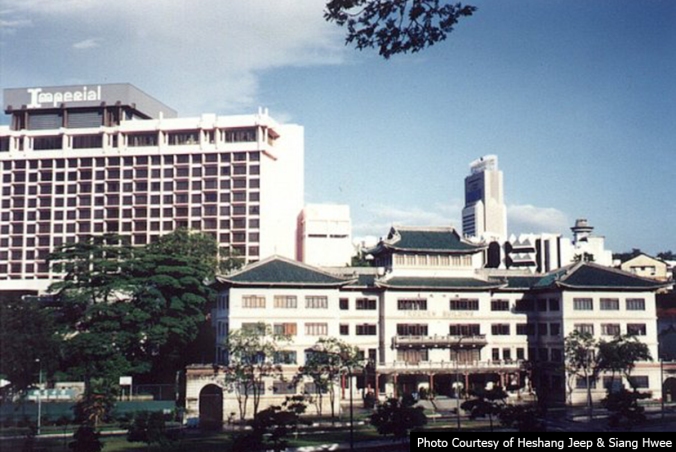
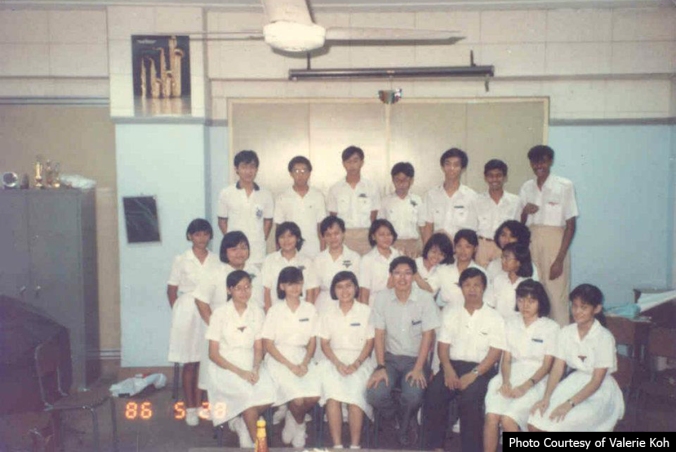
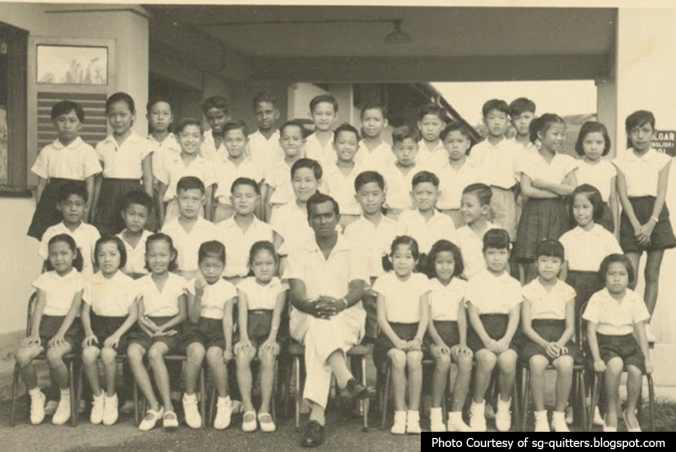
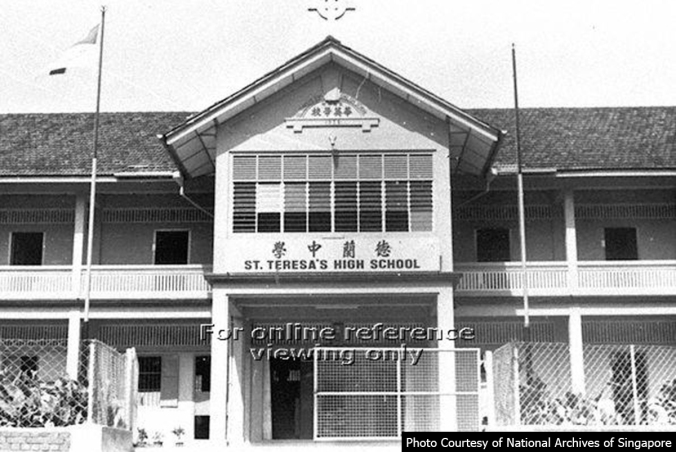
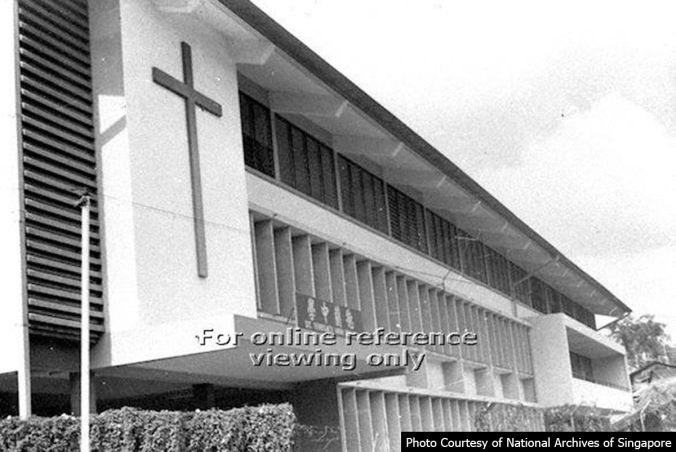
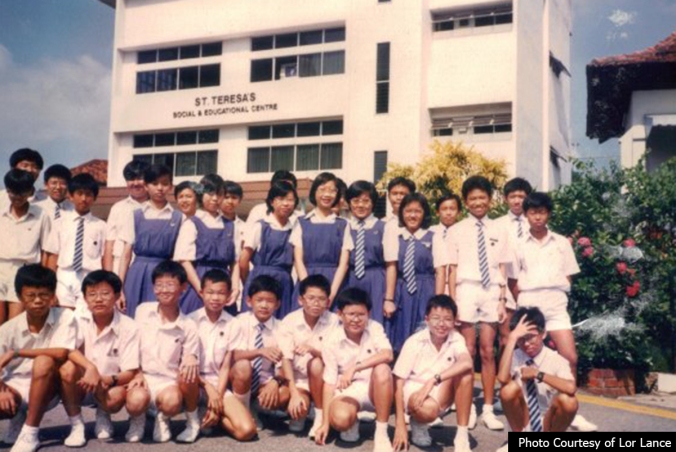
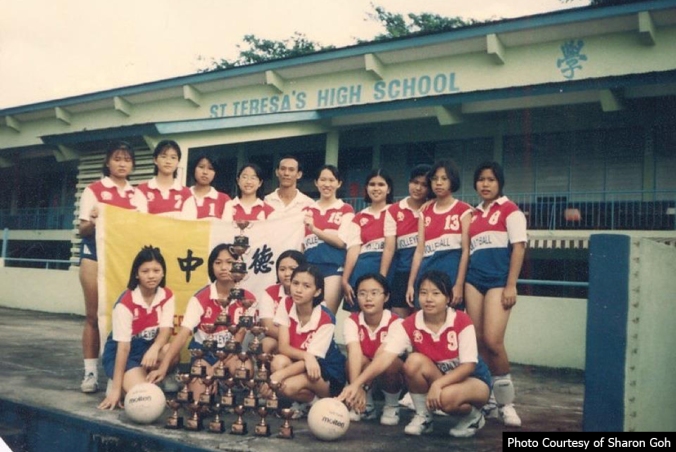
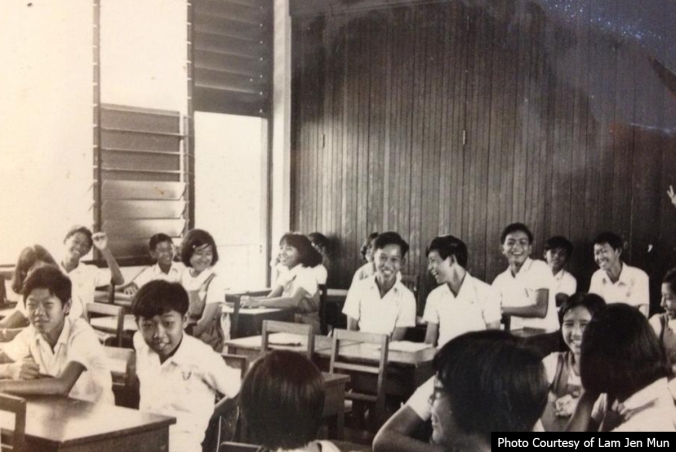

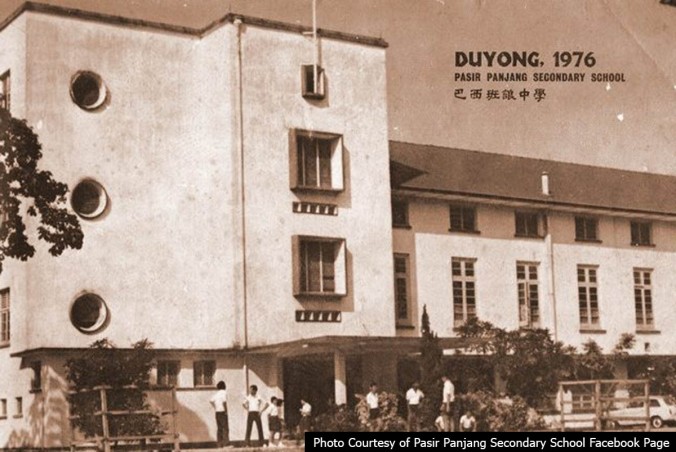

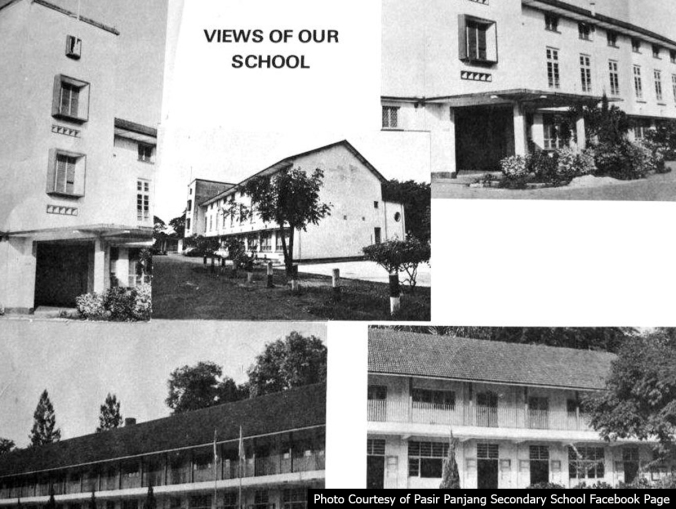
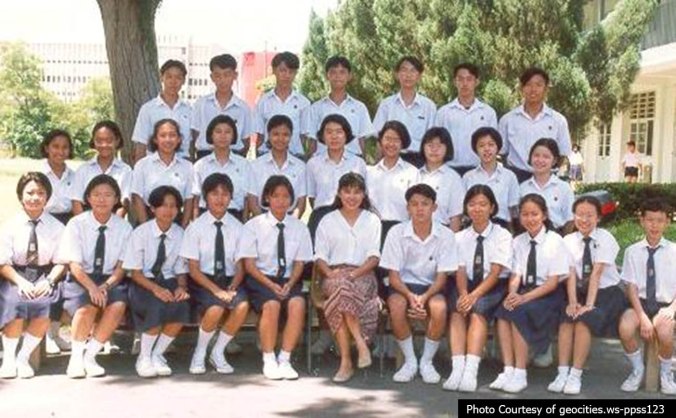

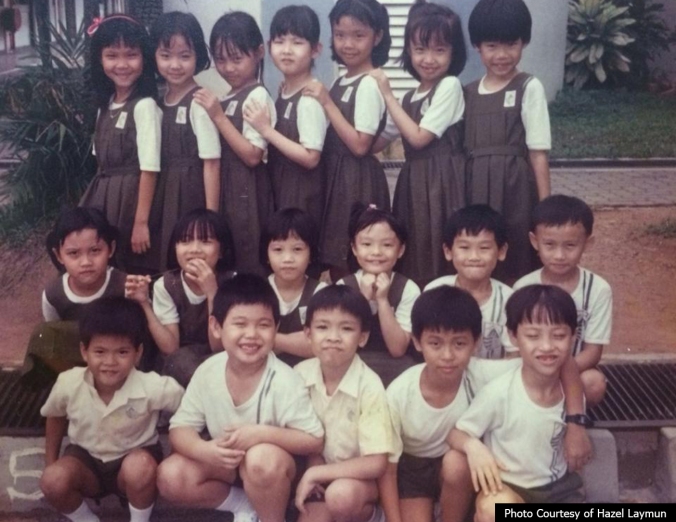

FARRER PRI SCHOOL HAD A SONG BOOK AND MINI GARDEN AND ALSO WHENEVER IT RAINED THE SCHOOL FIELD AND THE AREA AROUND IT WOULD BE FLOODED SO ALL THE STUDENTS HAD NO CHOICE BUT TO GO UP TO TH E HIGHEST FLOOR IN THE SCHOOL BUILDING
SINGAPORE TURF CLUB HAD HORSE RIDING JOCKEY FROM THIS SCHOOL IN LATE 1990s
LikeLike
I WAS FROM CHESTNUT DRIVE SEC SCHOOL IN THE FUTURE IT WILL BE MERGED WITH FAJAR SEC SCHOOL
LikeLike
FIONA SEAH WHICH SCHOOL ARE YOU FROM
LikeLike
PARRY SECONDARY SCHOOL, CHESTNUT DRIVE AND BUONA VISTA SECONDARY SCHOOL HAD
SIMILAR KIND OF BUILDING DESIGN AND FACILTIES AND TEACHERS
LikeLike
Thanks for sharing! I’ll add that into the post.
I’m from NTU. But none of the schools mentioned on the 3 posts is my alma mater, if you’re wondering! 🙂
LikeLike
Wow! These 3 history posts are such impressive work, Fiona! You should seriously consider writing a book on these schools! Once you’re done, you might also want to consider the history of school name trends (when schools were named after the road or area, then the era of the hanyu pinyin names, and now English names like Endeavour, Beacon and Angsana). Plus schools named after roads or areas that are located far away from those places (like River Valley High and Tanglin Sec).
LikeLike
Merger of Birkhall and Queenstown Primay Schools. What was not mentioned, was the former Strathmore Primary School that stood behind Birkhall and Queenstown – the unholy trinity. While I was in my Primary Two, 1971, I think, word had it that the building was structurally unsafe as there were cracks on the wall. In the following year, the school was relocated to Kay Siang Rd, up on a hill, near to where the former MOE Building used to be. Hence, today’s article in the Sunday Times (23/11) by Ho Ai Li, with regards to Strathmore was inaccurate. Strathmore was the more inconspicuous of the trio, being sited furthest away from Margaret Drive and I recalled we were always playing second fiddle to Birkhall’s band but we were never merged with Queenstown or Birkhall. We chose a different path quite literally. Unfortunately, I do not have any photo of the old school; the only remembrance I have is the red report book that I still keep and will be happy to share.
LikeLike
Haha Geraint! Blogging about it is better because it’s free for all! But writing about the naming history is a great idea! Will consider that in PART 4 🙂 And thanks for the nice words. You’re too kind!
LikeLike
Hi Roland! Strathmore was indeed mentioned in Part 3. (ctrl+f Strathmore Primary to skip all the hassle of scrolling). It merged with Friendly Hill School to form Keng Seng Primary. But your brief history about the school has been very helpful. Will add that into the post soon. Please feel free to furnish me with more information about Strathmore.
LikeLike
Dear Fiona, your blog on all the old schools are a treasure trove! I’m a very sentimental person and enjoy looking at photos of the past. It brings back lots of fond memories in my younger days.
You’ve a lot of Balestier schools but I could not find Balestier Hill West & Balestier Hill East Pri. I was from the West from 1967-1972. It will bring joy to me if I can get to see photos & students of my old primary school again 🙂
LikeLike
Hi John, thanks for dropping by! I actually wrote about Balestier Hill Primary under the three merged schools:
Lee Kuo Chuan School (Thomson)
Rayman School (Whampoa/Novena)
Thomson Primary School (Toa Payoh)
Balestier Hill was absorbed into the merged Lee Kuo Chuan Primary before it finally closed in 1997. Balestier Hill East and West primary were also indicated but it’s not very elaborate as I couldn’t find anything else about those schools. It’d be great if you could furnish me with more details if you have them. Thanks! 🙂
LikeLike
Hi Fiona,
Thank you for the write-up on Selegie Primary School! You were wondering where the students come from. Well, right up to the early 80s, there were many shop-houses and terrace houses in the surrounding areas. I lived in Dhoby Ghaut (where SOTA now stands) and some of my classmates lived as far as Waterloo Street and Victoria Street.
I have one clarification to make, if you don’t mind – Unless I remember wrongly, one lift can only be used to transport half the class at each time. The other half would have to use the stairs. I remember fondly the mad rush as we scrambled down the stairs when it was time to go home.
It’s amazing that the building is still standing there. I was half expecting a spanking new shopping centre or condo to be there by now!
LikeLike
Thanks Hong Wee! That’s very enlightening 🙂 I actually got the lift fact from Facebook. Now to think of it, to fit 1 whole class in one lift really seems quite unbelievable. I’ll include what you’ve added into the post 🙂
LikeLike
what about shut yong school at Shan road.
Any photos ?
LikeLike
Hi Eddie, I am still actively trying to find out the names of more shut schools in Singapore. If you know of any closed schools not mentioned in any of the 3 posts, pls feel free to let me know. Thank you 🙂
LikeLike
Hi Fiona, thank you very much, brings back good memories. I didn’t see my first primary school which is Pasir Panjang Primary School, or did I miss it? It was closed in 1986. Students were transferred to Jagoh Primary School. Pasir Panjang Primary School used to be called Pasir Panjang English Primary School. I guess English was dropped for apparent reason in later years. Thank you once again. Cheers!
LikeLike
Hi Rie! Yes indeed I haven’t included Pasir Panjang Primary to the list. I only have info on Pasir Panjang Secondary. Thanks for bringing that up! Will definitely mention it on part 4 🙂
LikeLike
HI can you also do a profile for whampoa secondary school? couldn’t find it here.
LikeLike
Sure, Bernard! I’m still on a lookout for more closed/merged schools for part 4 of this entry so do let me know if you are able to recall some of them 🙂
LikeLike
Hi, I was from Queenstown Primary School in 1975-1980. I remembered the former Strathmore Primary School, I was than Primary 1 and we used to go up to the school and get frightened by the older students telling us that there is ghost in the toilets. Later, when it became my morning session building, my teacher told us that the building was structurally unsafe so it has to be pulled down and rebuilt. I was actually looking for old pictures of my schooi when I stumbled upon this page. My most happiest studying time.
LikeLike
Thanks for sharing Kumari 🙂 hope you like what you see on this post!
LikeLike
jurong special secondary school students which i presumed was later merged to toh tuck secondary,,, thats what i heard from one of my friends ,is there such a school
LikeLike
oh there’s a jurong special sch? let me check that out and include it in my fourth history post if I manage to dig out anything. thanks! 🙂
LikeLike
yes i dig further on jurongspecial secondary school .school song to think is to do,it was around middle of the sixties .activities … rover scout ,,the school was not far from the bukit timah firestation thats all i can get … just curious only
LikeLike
thanks for the memories i was studying one year at sepoy line malay shool and then 5 years at pearls hill primary at outram then a year at kim seng east and later at gan eng seng anson rd all shools are just memories .thankss again
LikeLike
Just want to say thank you for these wonderfully nostalgic posts. Must have taken much of your time and efforts.
LikeLiked by 1 person
Thanks Sany! Will try to find more info 🙂
LikeLike
My pleasure! 🙂
LikeLike
My pleasure! It’s definitely worth all the time and effort 🙂
LikeLike
Can find any details for Clementi Primary was then at pasir Panjang Road ;Now it’s occupied by Jamiyah
Halfway house .
LikeLike
Hi Vijayan, unfortunately I don’t look up schools which still exist. Perhaps you can try sources like NewspaperSG or SingaporeMemory? 🙂
LikeLike
Hi There… you have not included my school … .used to be Upper Aljunied Technical School and then it became Upper Aljunied Secondary School. The school is located at Joo Seng, besides Cedar Girls. The building is still around but being used for various reasons.
LikeLike
sorry what I meant was my school no longer exist… now .. only the building stands….
LikeLike
Hey Zuraini, I’ve included that in my fourth instalment which will be posted once I’ve hit the optimal number of closed schools. Do let me know if I’ve left out any other schools yeah so that the post can be published soon!
LikeLike
Yes, the students from Anthony Road Girls school were absorbed by St. Margaret’s Primary School. I was one of them. I completed Primary 2 with ARGS and started Primary 3 with St. Margaret’s Primary School.
ARGS only had morning sessions/classes (Primary one to six, no sections); but when it merged with St. Margaret’s, we had morning and afternoon sessions (depending on which class we were – Primary three was afternoon session) and four sections in each class. Our school uniform changed too.
I believe, St. Margaret’s Primary School had to move to the ARGS building because of a fire and the building had to be renovated. They were supposed to return to the new building in June or July of 1985, but I left school a month before the scheduled date when my father was transferred back to India so I cannot confirm when this actually happened. (I lost touch with my classmates when I left Singapore.)
If I may say, Singapore truly has some wonderful teachers!
LikeLike
Thanks for the confirmation and the added information! Do visit Singapore someday. You’ll be amazed at how much this little country has changed 🙂
LikeLike
I LIKE TO MEET FIONA SEAH PERSONALLY
AND ALSO WHEN IS THE NEXT PAGE ON SCHOOLS COMING OUT
LikeLike
NOWDAYS SCHOLS ARE NOT WHERE THEY USED TO BE
LikeLike
Hi Bevinn, it will be out by year end 🙂 Thanks for your patience!
LikeLike
Btw, Local Singer JJ Lin attended Jin Shan Primary School (Jln Lempang)
LikeLike
Hey, great write up! Must have taken lots of hard work to compile this. I even see my parents’ school being mentioned!!
You missed out on my school though. Beatty Primary. Hope you’ll be able to include it in your next write-up. Now, standing on its site is the Umar Pulavar Tamil Language Centre. 🙂
LikeLike
U did mot mentioned 1 primary sch. Have u heard Siglap Indah Primary School. The building now houses Mendaki in Siglap Katong. It closed in 1983 & am a former P4 student. We were transfered to various schools. I went to Jaya Primary. Some went too Telok Kurau Pri, Ngee Ann Pri… as I remembered. It will be great if u can find out more. Thank you.
LikeLike
Interesting! But Jing Shan isn’t closed, is it?
LikeLike
Hi Riz Ali, yes it sure took me a lot of time and effort but they were all worthwhile 🙂 Yes will definitely feature Beatty Primary in my fourth installment. Planning to publish it by year-end. Thanks for your support!
LikeLike
Hi Zul Amin, Siglap Indah will be featured in part 4. Thanks for your added information and support! 🙂
LikeLike
Appreciate the information and beautiful images. I had my primary education at Duchess School. Reminiscing, I think ours was the only primary school with “integrated built-in swimming pool”. Every time it rained heavily, the nearby canal would overflow into all the classrooms :)). You will see parents scrambling to fetch their children home. Love all the teachers there.
LikeLike
Hi Fiona. I really appreciate your effort. However, i found that my Primary school is missing. It was called Nee Soon Primary School. It was situated in Nee Soon Village. Not sure when it closed down but last i know, the buildings are still there and at 1 time was used as the HQ of NCC in the 90s/2000s. I
LikeLike
Hi fiona,
Thanks for covering Aroozoo Primary. We, former students of Aroozoo, have very fond memories of the school, from the ground, the ahitecture to the staff and it’s programme. Mr Miles our principal is a great man. We have an Aroozoo Facebook page with lots of photos including Mr Miles with his trademark post with his guitar. Or you could reach me for more photos and stories.
LikeLike
There is a mistake. Outram institute did not occupy the Toh Tuck Primary site before. It was occupied by my school Jurong Institute… which merged with Outram institute to become millenia institute.
LikeLike
Thanks Kames! Glad you enjoyed the post. If you don’t mind, I’d love to add what you’ve shared in the writeup for Duchess School 🙂
LikeLike
So sorry for the disappointment! Will include Nee Soon Primary in part 4 🙂
LikeLike
Thanks for offering to help! Will get in touch with you very soon! 🙂
LikeLike
Corrected! Thanks Desmond 🙂
LikeLike
Great effort! I was searching for my primary school in all your 3 posts but I can’t find it. I was studying in Paya Lebar Primary School till I am P5 in 1983 when we moved to MacPherson Primary School. The old school compound was demolished to build new facilities. It was a very old school single level building. I am not sure if I have any useful photos to contribute though.
LikeLike
Your efforts are well appreciated!! Very interesting to know about the history of these old schools. I like to know about Siglap Primary School. If you find anything, please share in your Part 4!
LikeLike
i was from zhonghua secondary school. when i first entered the school, it was named chung hwa high school. prior to that, it was chung hwa girls’ high school. i was among the second batch of boys in the former all girls’ school. we used to occupy a school building opposite bartley secondary school. the building was built with public donations, with its roots tracing as far back to sun yat-sen. hence, the shape of the ‘leaf’ on its school badge is based on the shape of republic of china on the map.
later, in 1987, when we moved to serangoon avenue 4, that building was occupied by outram institute, if i remember correctly. the building has since been torn down with a condo in its place.
before chung hwa moved and renamed as zhonghua secondary, it had also accepted boys from another school called kong yong high, with hope that i got that name right. this school later had a new school building in bishan and was renamed ‘guang yang secondary’.
hope you can find out more and featured it in your next blog as my memory is getting a bit rusty. cheers!
LikeLike
Hi Fiona-
Great work and brought back gappy memories of primary school life. What about researching the following:-
1. Opera Estate Girls’ & Opera Estate Boys- I was from Opera Estate Girls 1975-1980
2. Siglap Indah & Siglap Primary schools
3. Closure of CHIJ Opera Estate in Jalan Khairudin & merger with Katog Convent
4. CHIJ Ponggol
It would be funtomread what you unearth… Cheers!
LikeLike
Thanks Andy! Noted on that. Will try to dig up more info on Paya Lebar Primary. Stay tuned for part 4!
LikeLike
Thanks for the encouragement Joycelyn! Will feature Siglap Primary in part 4! Stay tuned 🙂
LikeLike
Nice!! Always very excited to learn about the history of present schools. But I don’t think you’d want to see Zhonghua and Guang Yang among the list of closed schools here since they’re still in operation! 🙂
LikeLike
WOW thanks so much for this Shahira! Truly appreciate your input! 🙂
Update (21/5/16): CHIJ Ponggol is still around, now known as CHIJ Our Lady of the Navity (link).
LikeLike
St. Anthony Convent Primary School (Girls) and St. Anthony Boys’ School. They were housed side by side along Middle Road/Victoria Street, with St.Joseph Church right in the middle. Friday masses at the church were the highlight when the boys and girls meet!
LikeLike
Hi Fiona, any progress for Bartley Primary School ?
LikeLike
Sadly the Primary school I went is not featured here… Kembangan Primary School.
LikeLike
Thanks Eilin! I will check out St Anthony’s Convent. St Anthony’s Boys School is still in existent today, actually, but it has now been converted into a mixed school at Bukit Batok. I was educated there, at St Anthony’s Primary! 🙂
LikeLike
Hello! I haven’t really start my research yet as I’m pretty tied down with work. Will work on the next part when my break comes (which is 2 weeks away)!
LikeLike
Hi Allen! So sorry! That will be in part 4 🙂
LikeLike
Hi Fiona … thank you so much for this compilation from the past. It’s really awesome.
I was from Aroozoo Primary from back in the 70s. 🙂
LikeLike
Another example would be the former Chung Cheng High School (branch) at Gullimard Rd which closed down about 10 years ago. A new campus in Yishun opened & is known as Chung Cheng High School (Yishun).
LikeLike
You’re welcome Hassan! Thanks for dropping by! 🙂
LikeLike
Hi John! According to CCHS’ history on their website, their Yishun campus is indeed the one at Gullimard Road.Therefore it wasn’t exactly closed, just renamed due to the change in location 🙂
LikeLike
Hi Fiona, Thanks for your articles on the schools that disappeared due to merger or closure. They sure brought back many memories of my childhood days in Waterloo School (later merged with Stamford Girls’ School to form Stamford Primary School) , which I sadly could not find much information on over the internet. Great Effort!
LikeLike
You’re welcome Hoon Hong!
LikeLike
Great effort. Was looking for my school Paya Lebar Primary School but I an’t find it in all the 3 parts. I studied till P5 in year 1983 and the school closed down. We were moved to MacPherson Secondary School and the school building were demolished. The school building is the single level type and really old school. I have some photos but I am not sure if they are useful.
LikeLike
Hello Andy! I’ve taken note of Paya Lebar Primary because quite a number of readers had brought that up. It will definitely be featured in part 4 🙂
LikeLike
Oh and yes, if you have pictures of the school facade, facilities/compound or anything significant (class photo is useful too as I’d love to showcase the uniform!), do send them to me at askme@fionaseah.com. Thank you! 🙂
LikeLike
Hi, I go thru all and cannot find my primary school – Min Chu Primary School. I have a old photo and report book. Shall I email it to you. So you can help to add it on Part 4
LikeLike
Hey Sandy! Min Chu School has already been added to my list on Part 4 and waiting to be expanded on but yes, please feel free to send me pictures at askme@fionaseah.com! 🙂 Thank you!
LikeLike
Hi Fiona, any updated news for me ? – Bartley Primary School; believed the school was closed down in mid 80s . Location – Mt Vernon area; hope these can help you; looking forward to your good news; thank you
LikeLike
Hello! I’m so sorry, I’m really busy with school and I’m trying my best to clear my backlogs. Would you like to leave your e-mail (just reply back and key in your e-mail into the e-mail field) so that I can inform you when it’s up. That way you don’t have to keep checking back. Sorry to keep you waiting!
LikeLike
I am from Raymond school and have a number of photos. Will you like to have it?
LikeLike
Hey Kin Guan! Sure, please send them over to askme@fionaseah.com! Thank you 🙂
LikeLike
Nice write out and compilation of all the old schools around Singapore! Truly a good read. However my primary school Meng Teck Primary, a small kampong school in old Punggol was missing 🙂 it was situated next to the now St.Anne church, where the new CHIJ school site now. St.Anne church is our playground after school then. My year – 1985 is the last year of primary 6, before the school stop operating. All the remaining school students continue their study in the next year at Holy innocent pri school.
LikeLike
Kim Send Technical was merged with Delta Sec(Thing Bahru+Bt Ho Swee) in 1993. My last class in Kim Semg Tech is Sec 3 before finishing my Sec 4 in Delta Sec. It merged and was not just closed down.
LikeLike
Hello there Fiona, first I would like to congratulate you for your very great effort on your research and compiling the many history on those bygone schools in Singapore, great work,..thank you.. I have been searching the net regarding old schools in Singapore, and found your website by accident. I was a primary school student in Kampong Bahru at the Sacred Heart Boys’ School in the early 50s and soon moved to De La Salle School in 1956, after a few years at De La Salle, then back again to Sacred Heart until I left the School in late 1962. I am now living in Australia and on my last holiday to Singapore, the wooden Sacred Heart Boys’ School no longer there, De La Salle building is still there, but no longer a school, if I am not wrong. I wonder what happen to the wooden Sacred Heart Boys’ School (although there were girls as well) ??. Those were great days and nothing can replace those wonderful school days’ memories. It was a great School, although wooden and small in size, but it brings back wonderful memories.. thank you…Stephen Tan
LikeLike
Thanks Diana! Have added that to my research for part 4 🙂
LikeLike
Thanks Daniel! Have amended the post.
LikeLike
Thanks Stephen for your kind words! I’ve been meaning to write about Sacred Heart Boys’ School (since I did part 3) but I couldn’t find any information on that school. Would you be able to furnish me with more details and pictures if possible? Thanks so much 🙂
LikeLike
Hi there Fiona, unfortunately, I have been searching for it myself, pictures or photos, and no results. The year I left Sacred Heart Boy’s School was in 1962. The principal, a Eurasian, Mr Charles de Rosario, a few of the other teachers I cannot remember their names, and a Malay and Chinese language teacher as well. Well its been 54 years now.. hopefully many of our former school students from Sacred Heart Boys’ School cherished those bygone memories..wonderful
LikeLike
HI Stephen, no worries, I will still feature Sacred Heart Boys’ School in the next instalment without any pictures. Do you have any idea when it was established and closed? Thank you!
LikeLike
Was looking forward to reading about Kim Keat Primary School but couldn’t find it.
LikeLike
Sorry to disappoint! It’s good that you brought it up. Will add that to part 4 🙂
Meanwhile you can read a little about the school that absorbed Kim Keat Primary (Moulmein Primary School) here: https://fionaseah.com/2014/07/15/history-closed-and-merged-schools-in-singapore/
LikeLike
Hi Fiona,
Great to read on your “History closed and merged schools in Singapore”.
Bring back some of my childhood’s memories, it really feels good.
Btw I would like to share some photos of my primary school with you ( Balestier Girls’ School ), how should I go about it?
Happy writing and have a great week ahead.
Regards :
Angelia Goh
LikeLike
hi…how did u get that pic of that boardrick pri sch class? its uncanny but im the 8th kid from the left in the top row…looking at that photo, i probably could tell u stories about each of them fellows…i wonder how they r now…
LikeLike
Hi Fiona, thank you for your finding for both my request – Bartley Pri School & Min Sin School. Appreciate your finding. thank you. Just wonder whether any possibility to find anything on Serangoon Secondary School at 19 Lowland Road, in the 80s’ ? Looking forwarding to your finding, thank you
LikeLike
Hello Angelia! You can drop me an email at askme@fionaseah.com. Thanks so much in advance for your contribution!
LikeLike
Hey Chen, all pictures are duly credited in the sources. Do check them out! 🙂
LikeLike
My pleasure! Hope you enjoyed the findings. Anything you read that you never knew before? And oops.. I’m afraid I can’t accede to your request on Serangoon Secondary as the school is (thankfully!) still in existent.. Trying to avoid opening the floodgates for other similar requests. Sorry about that and hope to seek your kind understanding! 🙂
LikeLike
Simply Amazing work Fiona! I was from St Anthony’s Boys School (which was later merged to become St Anthony’s Primary). From your work on St Thomas Secondary School, I found out that I’m actually an alumni along with Mr Pritam Singh of the WP! I’ll be sure to let him know the next time we meet!! Of course one of our most infamous alumni is one David Rasif (from my cohort), a prominent lawyer who ran away from S’pore with his clients’ millions. I enjoyed very much reading up on your write up of all the other schools as well.
LikeLike
Hello! You’re my senior! I was from St Anthony’s Primary too, but after it had become a co-ed school and moved to its present site at Bukit Batok 🙂 Glad you enjoyed the write up. Thank you so much for your compliments!
LikeLike
hi
i studied in st.theresa’s convent, somewhere in telok blangah or radin mas.
it was a convent school on a hill near the malayan railway station.
do u have any information
my o levels was in 1979 and since then i had to move back to johor bahru
i lost touch and wonder if the school is still there
LikeLike
Yes it’s still there, and still using the same name 🙂 You can google it!
LikeLike
Hey there, this is in regards to Peck Seah Primary School and Maxwell MRT Station…
Not sure if someone already pointed it out, but back in the 1980’s, when the North-South and East-West MRT lines were being built MRT stations carried names that differed from their final names. One such example was the Maxwell MRT Station you mentioned: while today it is the finalised name of a Thomson-East Coast Line MRT Station, back then it was the working name for what would become Tanjong Pagar MRT Station. Many other stations had working names that were changed; off the top of my head:
– Bishan was San Teng
– Yishun was Nee Soon
– Khatib was Nee Soon South
– Newton was named Newton Circus at one point
– I vaguely remember seeing Choa Chu Kang being named Bukit Panjang in a publication somewhere
– Queenstown and Commonwealth had their names swapped
There are more examples, and even the later-built North-East and Circle lines have numerous such examples, but that’s another topic altogether.
As for Peck Seah Primary School: while the school closed down in the 1980’s the building was, as far as I know, still actively used for different purposes after that well into the 1990’s. Autism Resource Centre used to be located there, along with other things that I don’t remember specifically (commercial offices? I think). I still remember visiting the place in the 1990’s and early 2000’s for my therapy – I was officially diagnosed to be on the autism spectrum there back in the 1990’s – and I remember the place as rather small, but equipped with a fairly large but old-fashioned cargo lift. I wonder if that lift was there since its school days or was added only after the school closed down. Hmmm.
LikeLike
Hey Alex! Even before Maxwell was announced as the finalised name of one of the upcoming stations it was already rumoured to be coz I stumbled upon the news somewhere before.. so when I read that the sch was later demolished for Maxwell/Tanjong Pagar station I was slightly confused. Thanks for the input on Peck Seah Pri! Will see if I can find more info on autism resource centre
LikeLike
Hi fiona,
Nice to see all the old pictures. I have some pictures of saint thomas secondary. How do I post for u?Do you know where is bukit merah south primary school?
LikeLike
Hey Pauline, do drop me an email 🙂 askme@fionaseah.com Thank you!
LikeLike
When is Part 5 of Closed and Merged Schools in Singapore being revealed?
So long already-I have never seen any of the Part 5 schools mentioned in blog
Also, Part 4: Siglap Secondary merged with Coral Secondary School in Pasir Ris to form Meridian Secondary School-from January 2017 on wards. Coral Secondary exist from 1999 to 2016. Meridian Secondary is now located at the current site of former Coral Secondary School in Pasir Ris.
Part 4: Greenview Secondary merged with Loyang Secondary School in Pasir Ris to form Loyang View Secondary School-from January 2018 on wards. Loyang Secondary exist from 1989 to 2017. Loyang View Secondary is now located at the current site of former Loyang Secondary in Pasir Ris.
Part 5: Need to update all the closed and merged schools-Junior Colleges, Secondary Schools, Primary Schools & the 10 small ITE campuses that were subsequently closed down to form 3 regional ITE Campuses in Singapore: ITE College East (2005), ITE College West (2010), ITE College Central.
For all the closed and merged schools, need to include all past photographs-can be school building, class photos, or what ever photos you have about the schools in the past, starting from as early as 1960s or even earlier than 1960s-can be 1950s or 1930s to Present before leading to their official closure.
*I am referring to the schools’ official closure (have reached their defunct status)-no more in Singapore
LikeLike
Hi Yao Min 🙂 thanks for your patience. As simple as the posts look, the information take a very long time (typically 4-5 months) to be compiled. I don’t publish the post until I have at least 30 schools to feature, or until I get sufficient info about the schools (this includes photos). I don’t post “half-past six” entries and would like to keep it that way for part 5 as well 🙂
Fret not, schools that you mentioned in your comment have already been added to the draft of part 5 🙂 I will also be editing info of some schools from part 1-4 some time this month when my annual leave commences. Thanks!
LikeLike
My colleague was reminiscing about her days in Balestier Girls’ School, and how nice the uniform was. (small checked blue dress with white collars). Somehow, no images of it can be found (it’s the only entry here without picture). Hope we dig up a couple soon!
LikeLike
u forgot serangoon secondary school @ lowland road .. it is a histroic school since 1928
LikeLike
Serangoon Secondary School is still existent. That’s why it’s not on the list!
LikeLike
I have fond memories of teaching in Balestier Mixed School, and the ECA I was in charge of – cub-scouts, and folk dancing. The youth festival was the highlight of my ECA activities, as we trained all year to get an entry into the music and dance festival! Wonder if any of the students remember those days…
LikeLike
Is there any record on CHANGI PUBLIC SCHOOL which was located a few houses away from Cameron Hotel, opposite ITE College East?
LikeLike
Hi Fiona
You have done a great job and I enjoy reading all the previous school .I was from Sembawang Hills Estate Primary School (SHES) from 1961 to 1966 ( has been included in this website) and from 1967 to 1970 went to Ahmad Ibrahim Integrated Secondary School (A.I.I.S.S) just across SHES both located at Upper Thomson Road. Unfortunately AISS is not in your website. Is it possible to include this secondary school . AISS was then occupied by Duke University (AISSs moved to Yishun and till now still there but without the name Integrated. Infact I did attend their 50th Anniversary sometime back. My class sec 2 J is still at one of the walls in the school being popular because that was the 1st intake of blind students and in sec 4 made history again being the 1st 0 level students with blind students intake .If u want to know more about it you can call me at my mobile 97567004
LikeLike
Hi Fiona,
You have a remarkable collection that lights our fond memories on our childhood. I had my primary education with Windeted School between 1966 and 1971. Do you have any details on it ? Thank you.
LikeLike
Ooops! It was Winstedt School in City District.
LikeLike
Hello Fiona, I have sent you an email at askme@fionaseah.com regarding Birkhall Primary School. Hope you received it and hope it’s not in your spam.
V S Pandian
LikeLike
There used to be Chinese language medium school on Hullet Road on the 1960s and 1970s. Does anyone remember the name?
LikeLike
I attended the Dean School in Singapore in1959 but I can’t find any reference to it here or anywhere else on the web. Does anybody have any information please?
LikeLike
Regarding Birkhall School, nobody knows for sure the origin of the name. My best guess is it has to be related to the royalty since all the names in Queenstown has to do with names of royalties. The closes I found on the internet is actually a property or the home Princess Elisabeth (now Queen) and Prince Philip occupied. It is subsequently inherited by Prince Charles.
https://www.countrylife.co.uk/gardens/country-gardens-and-gardening-tips/birkhall-balmoral-estate-aberdeenshire-4424
LikeLike